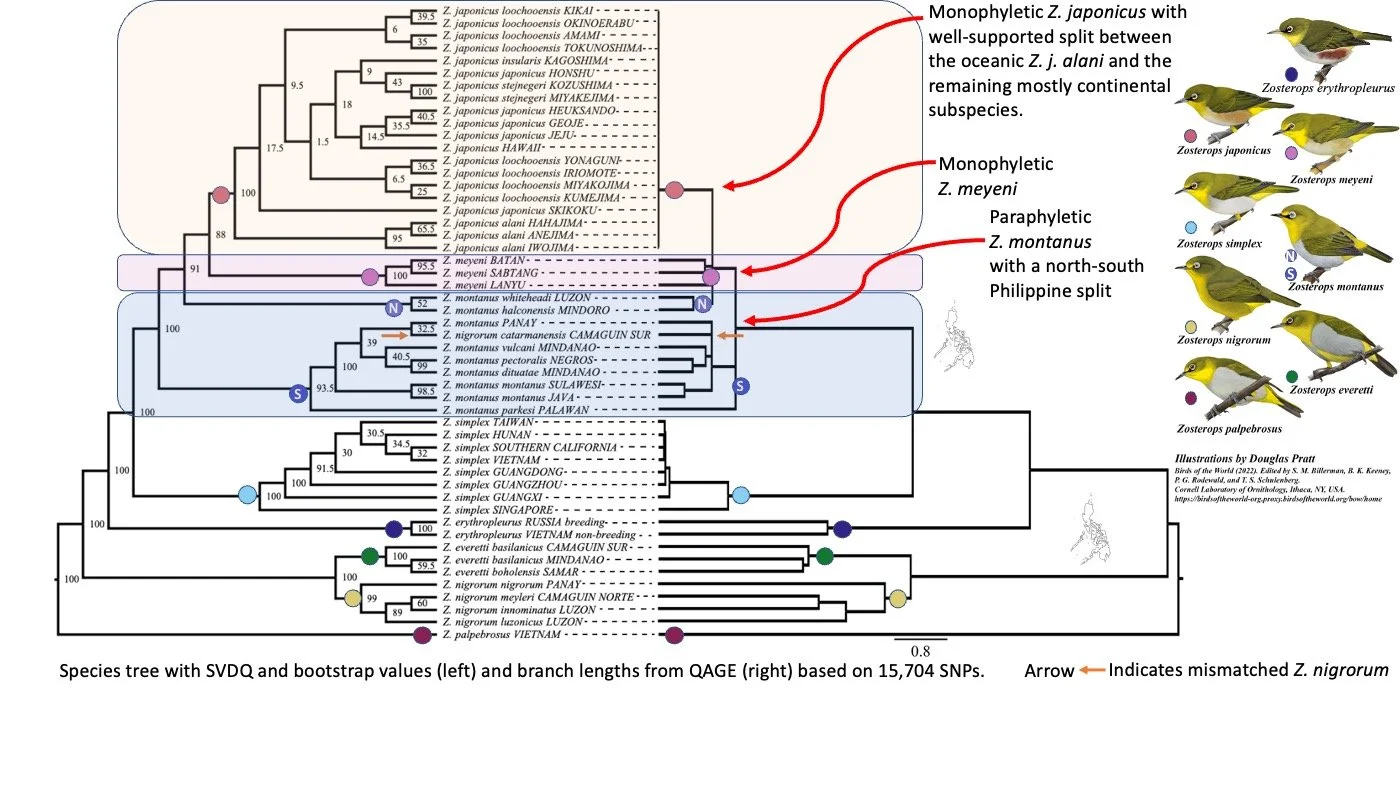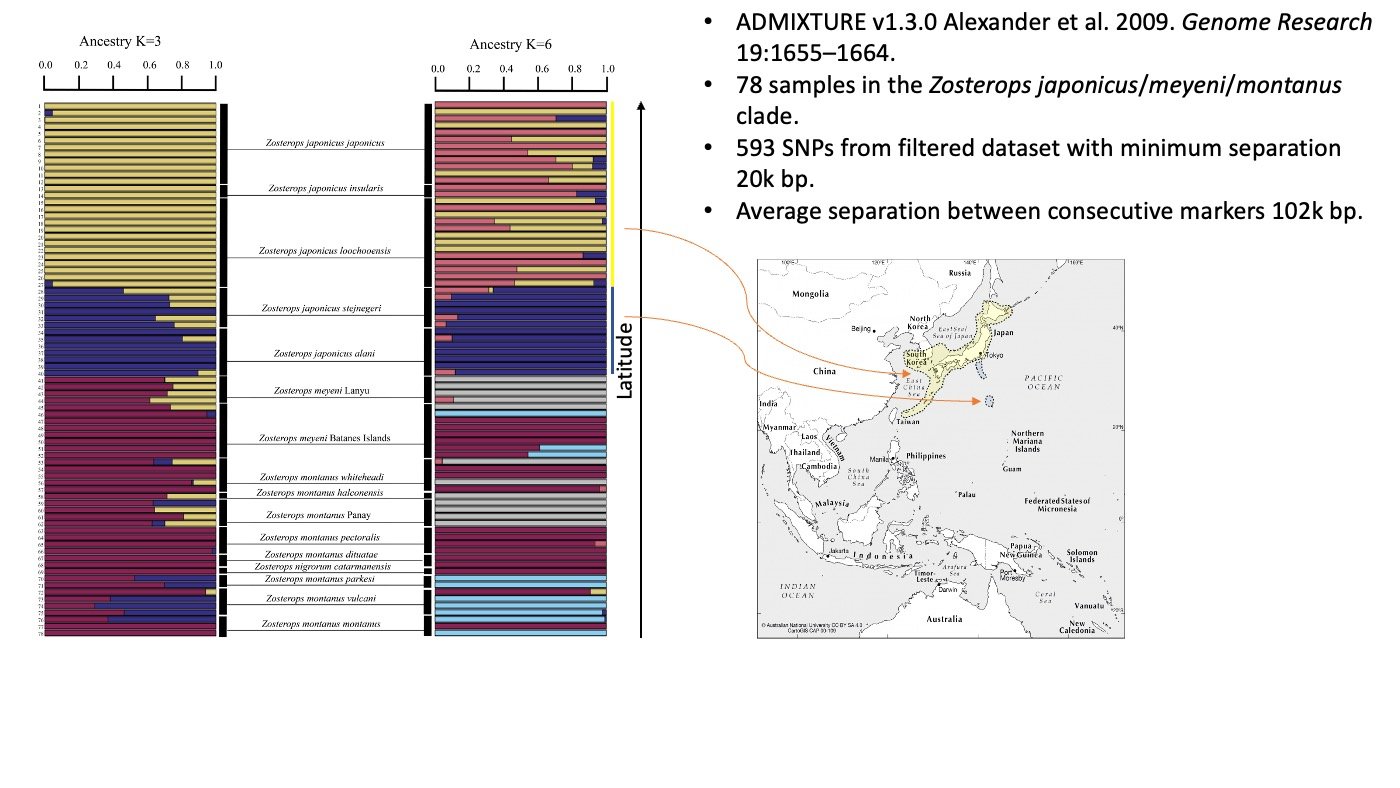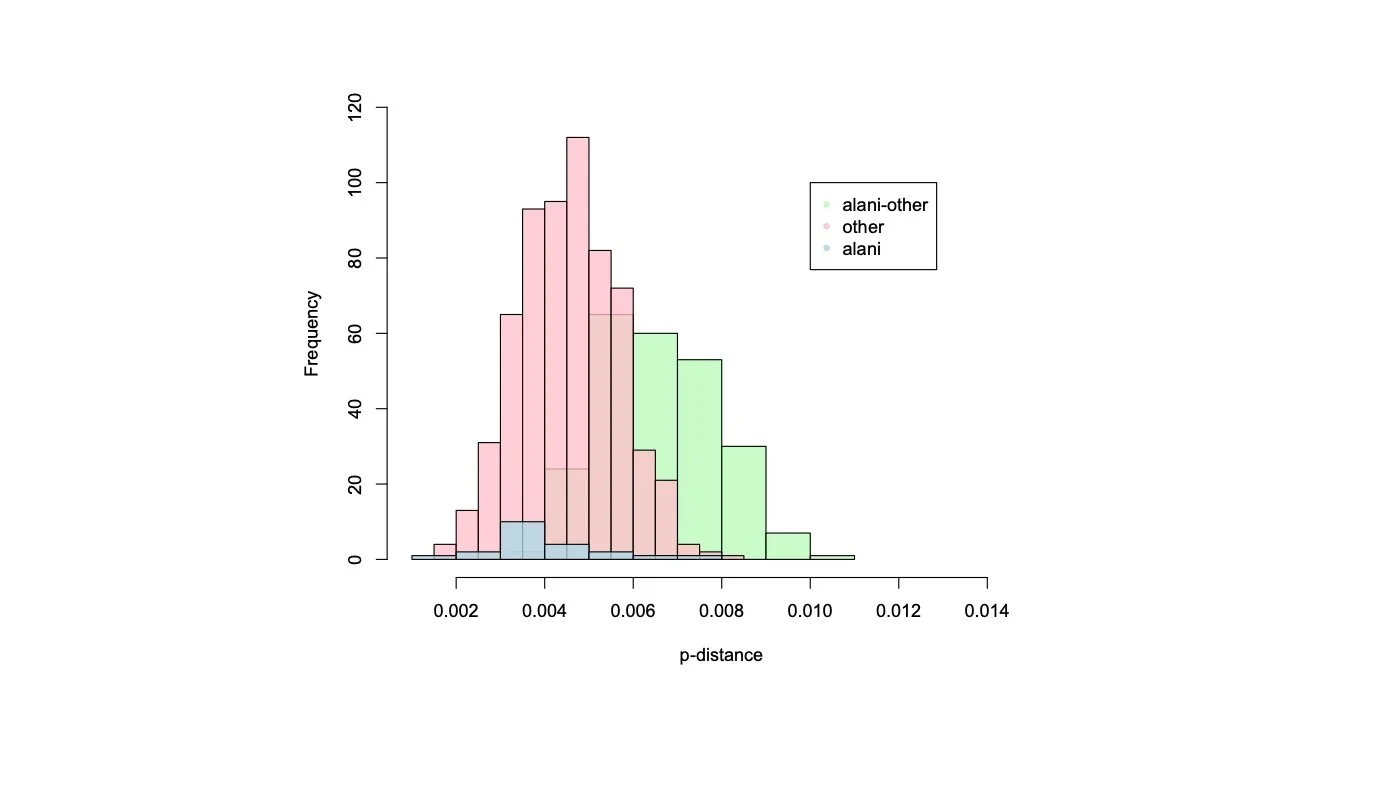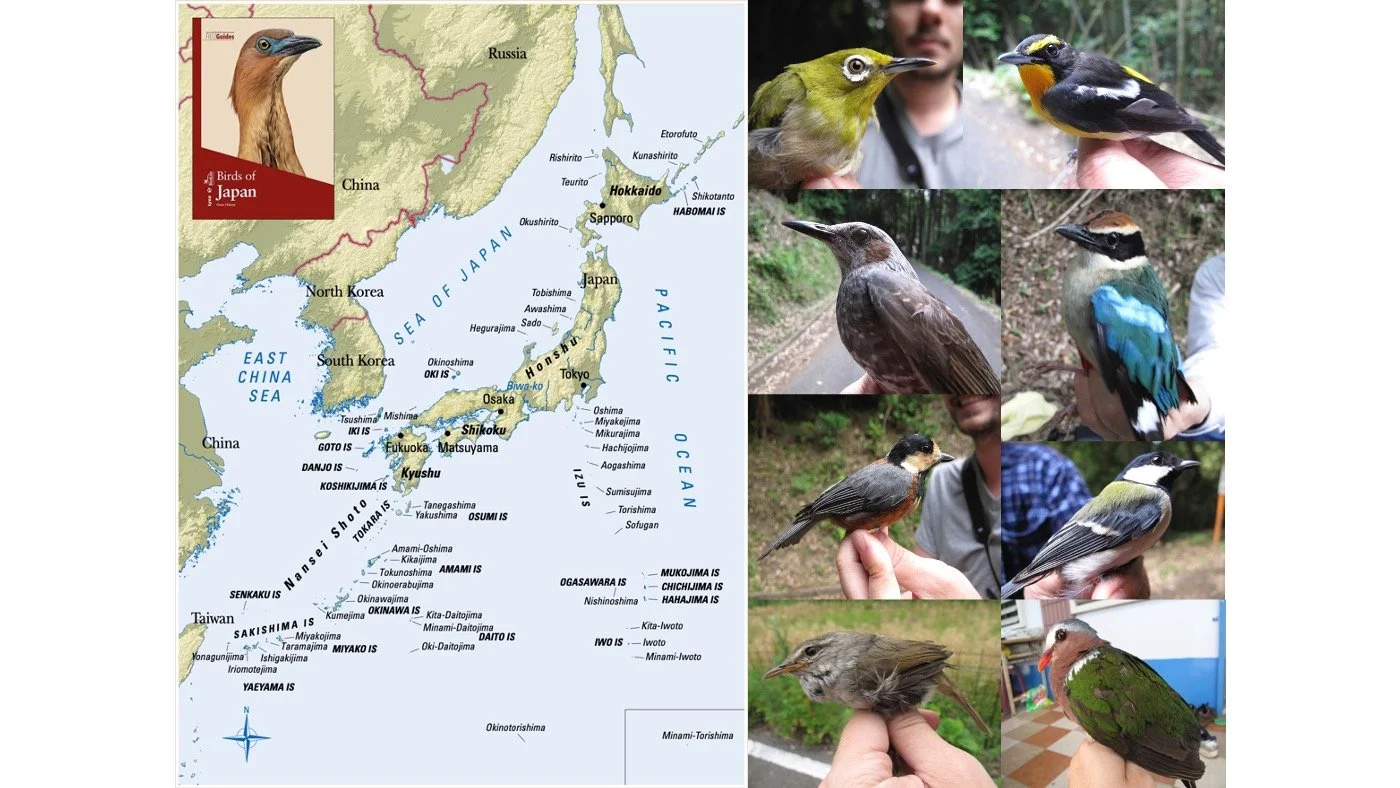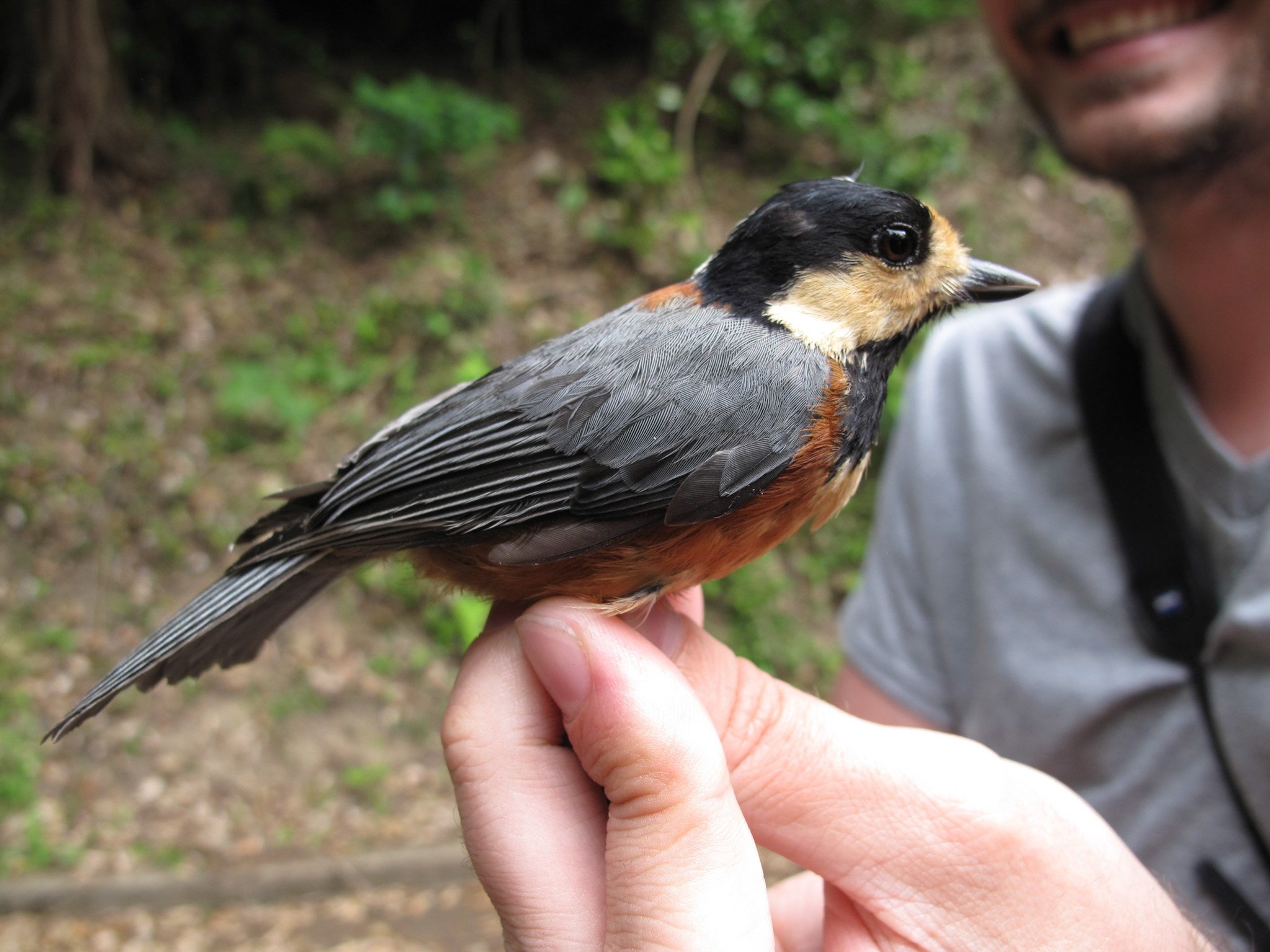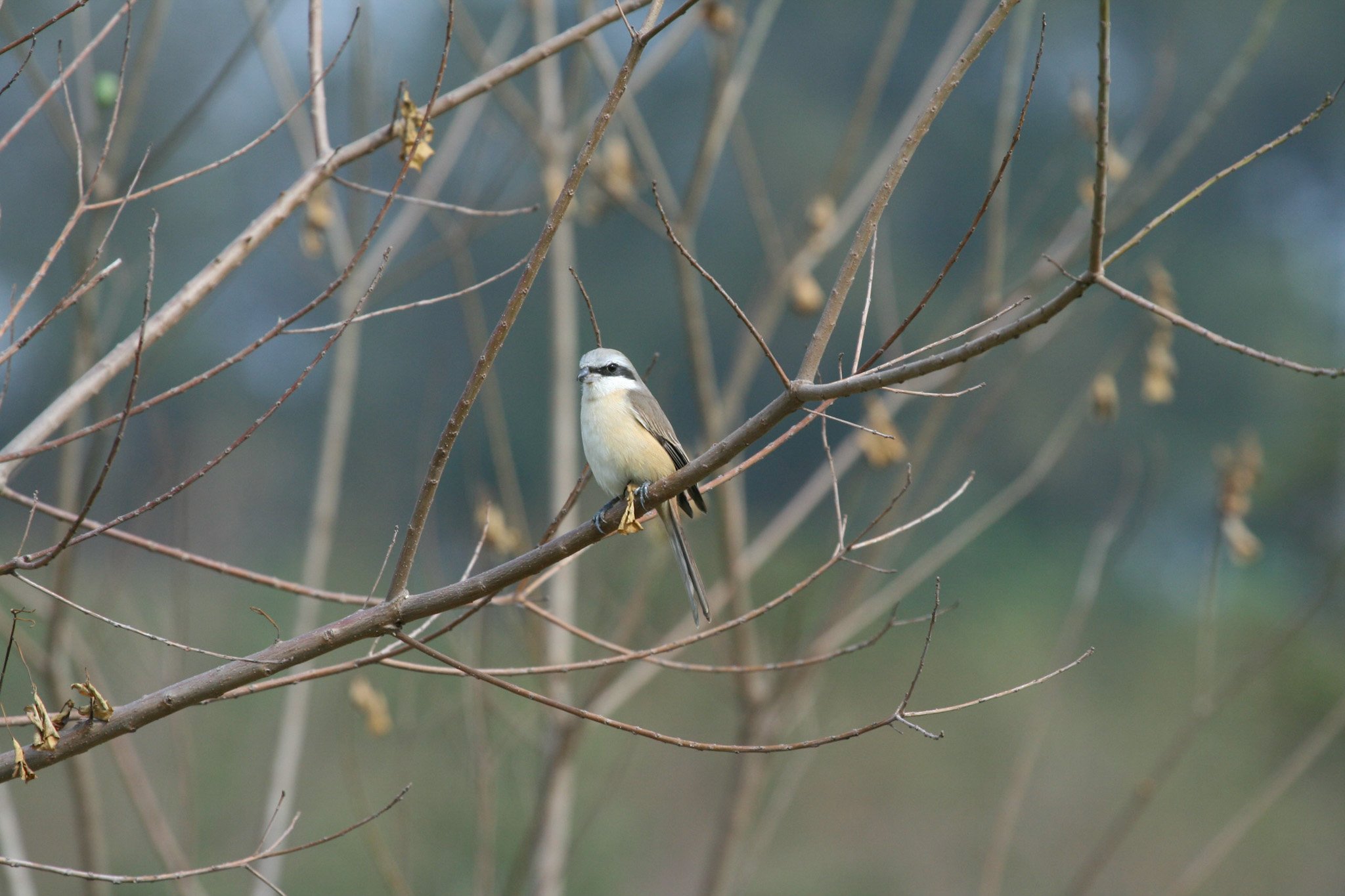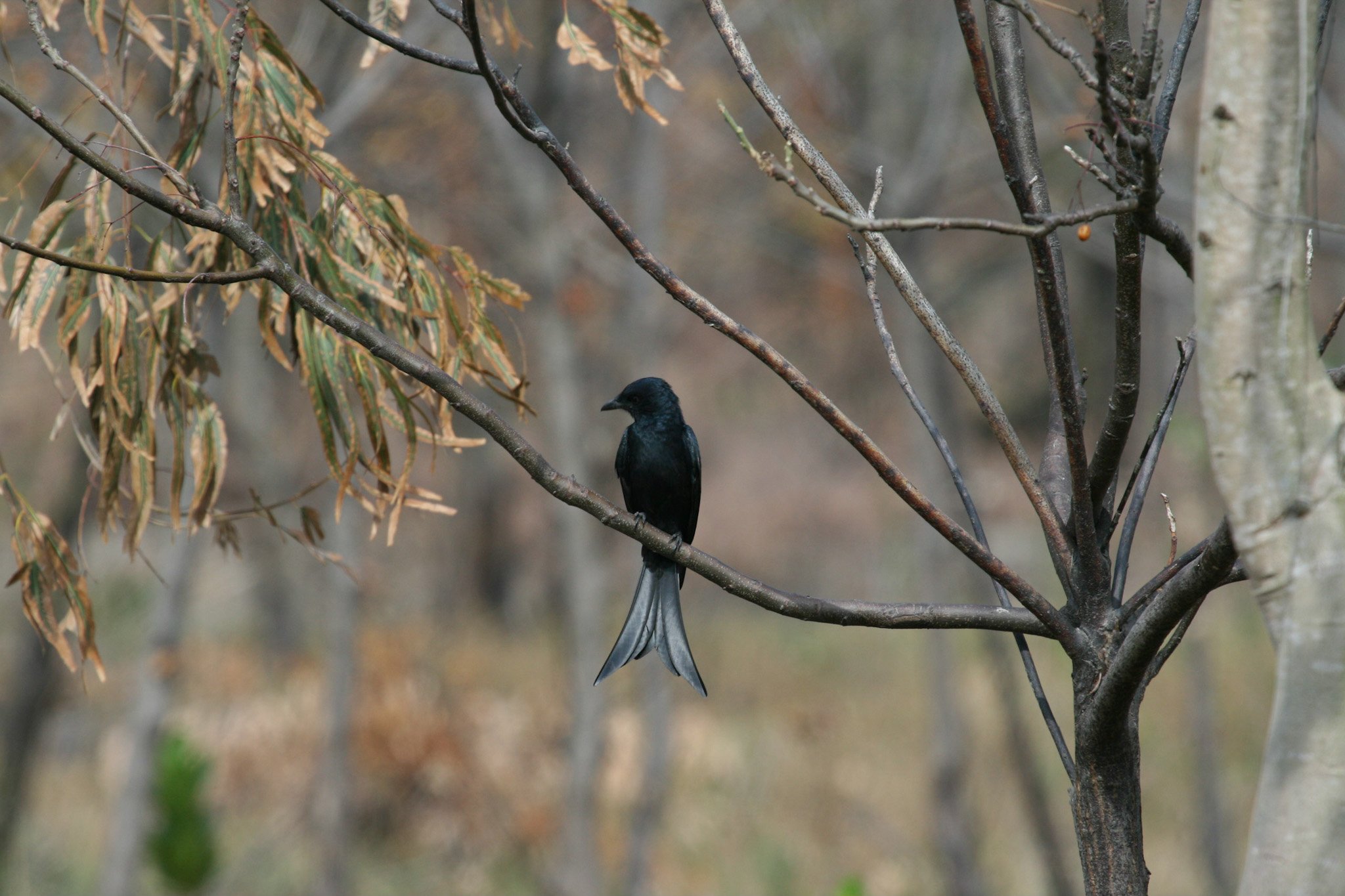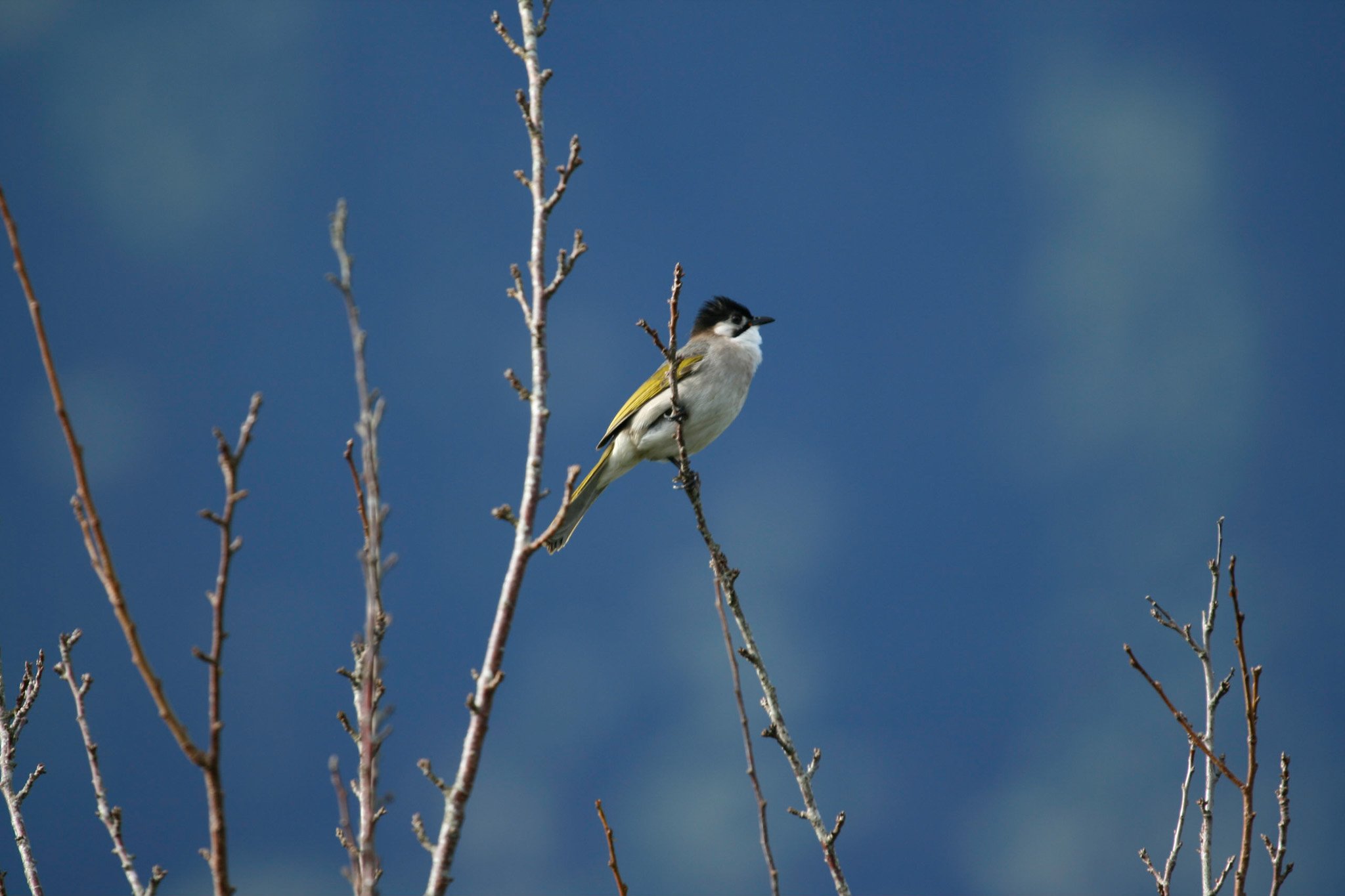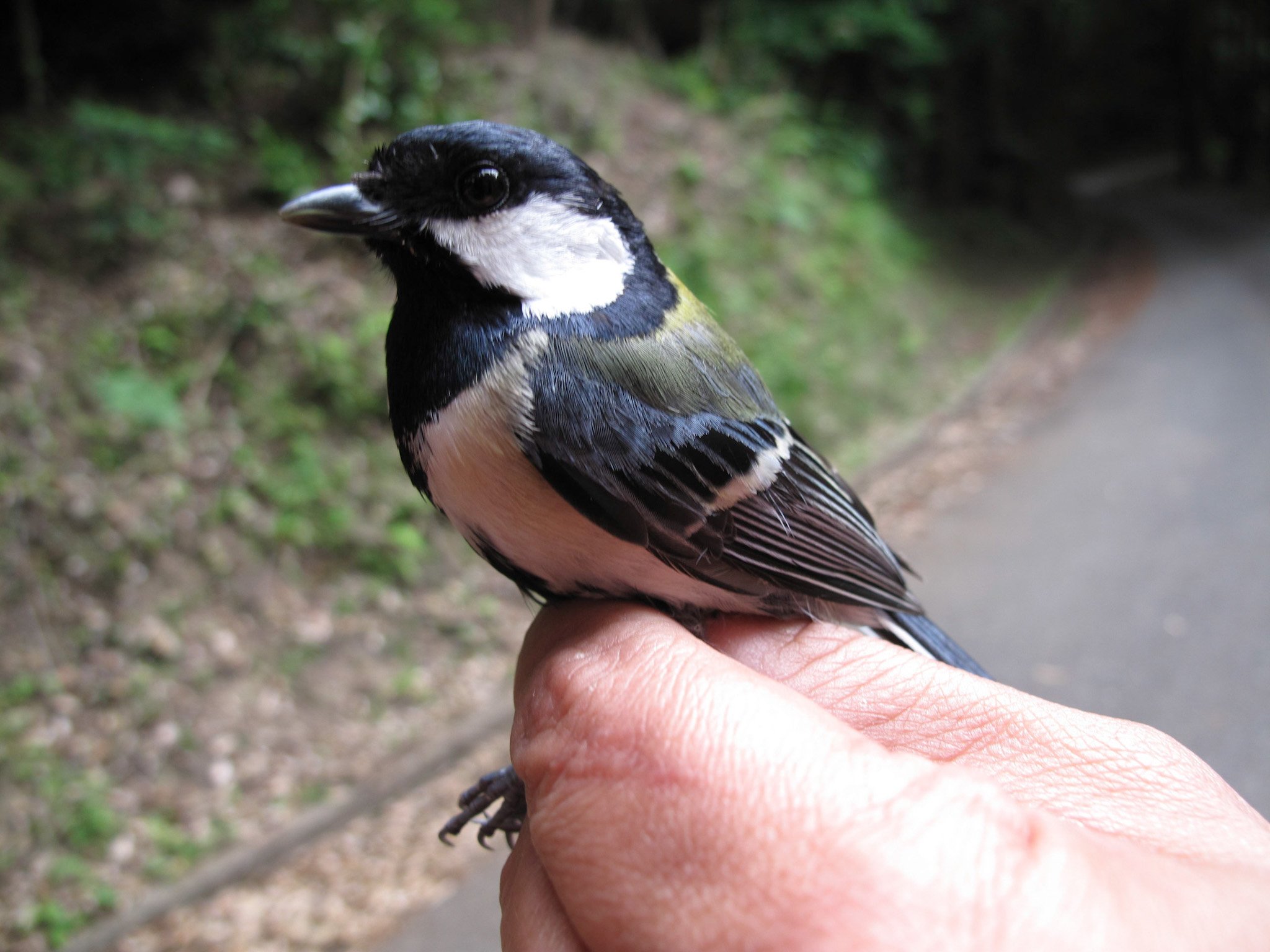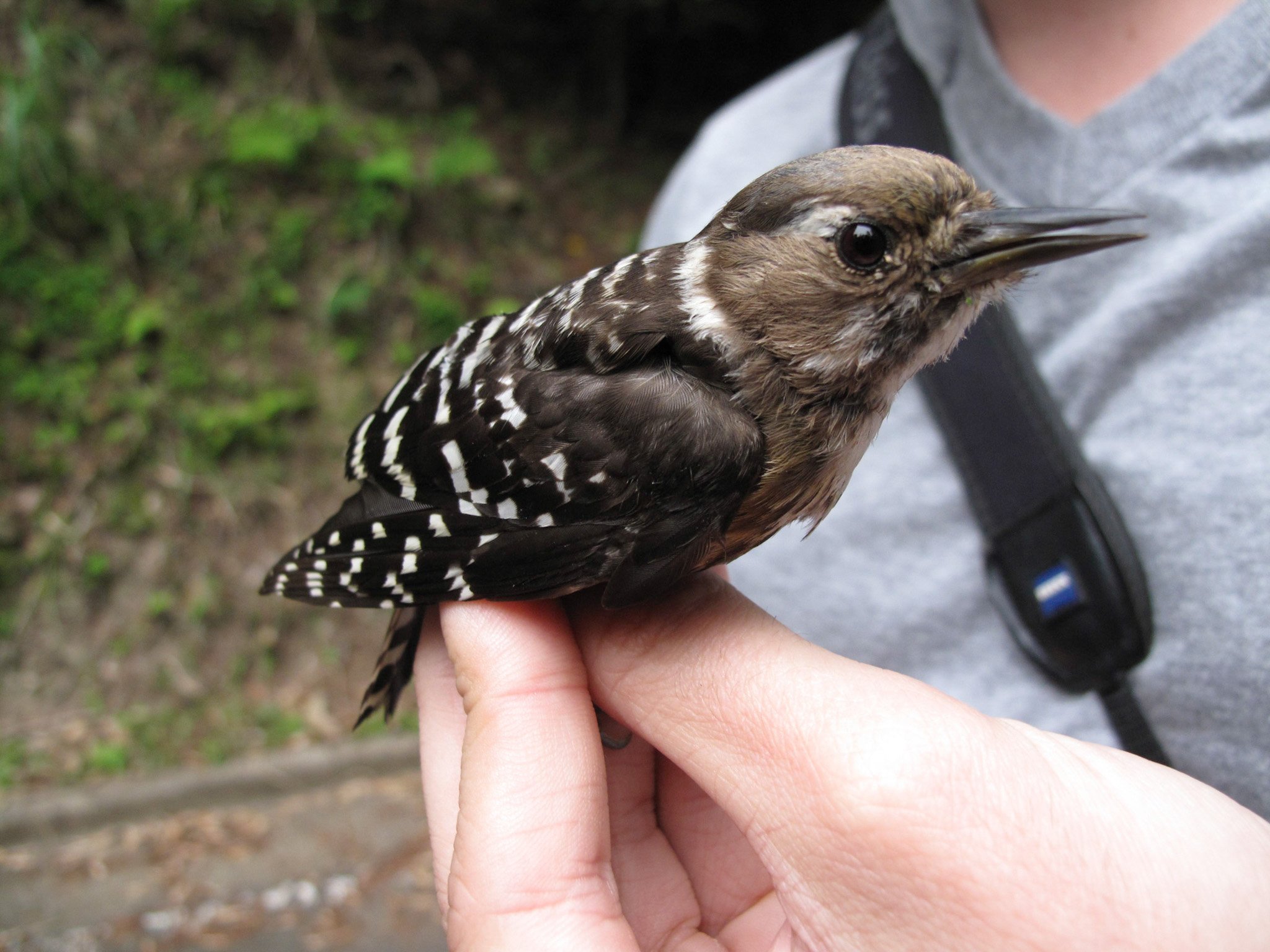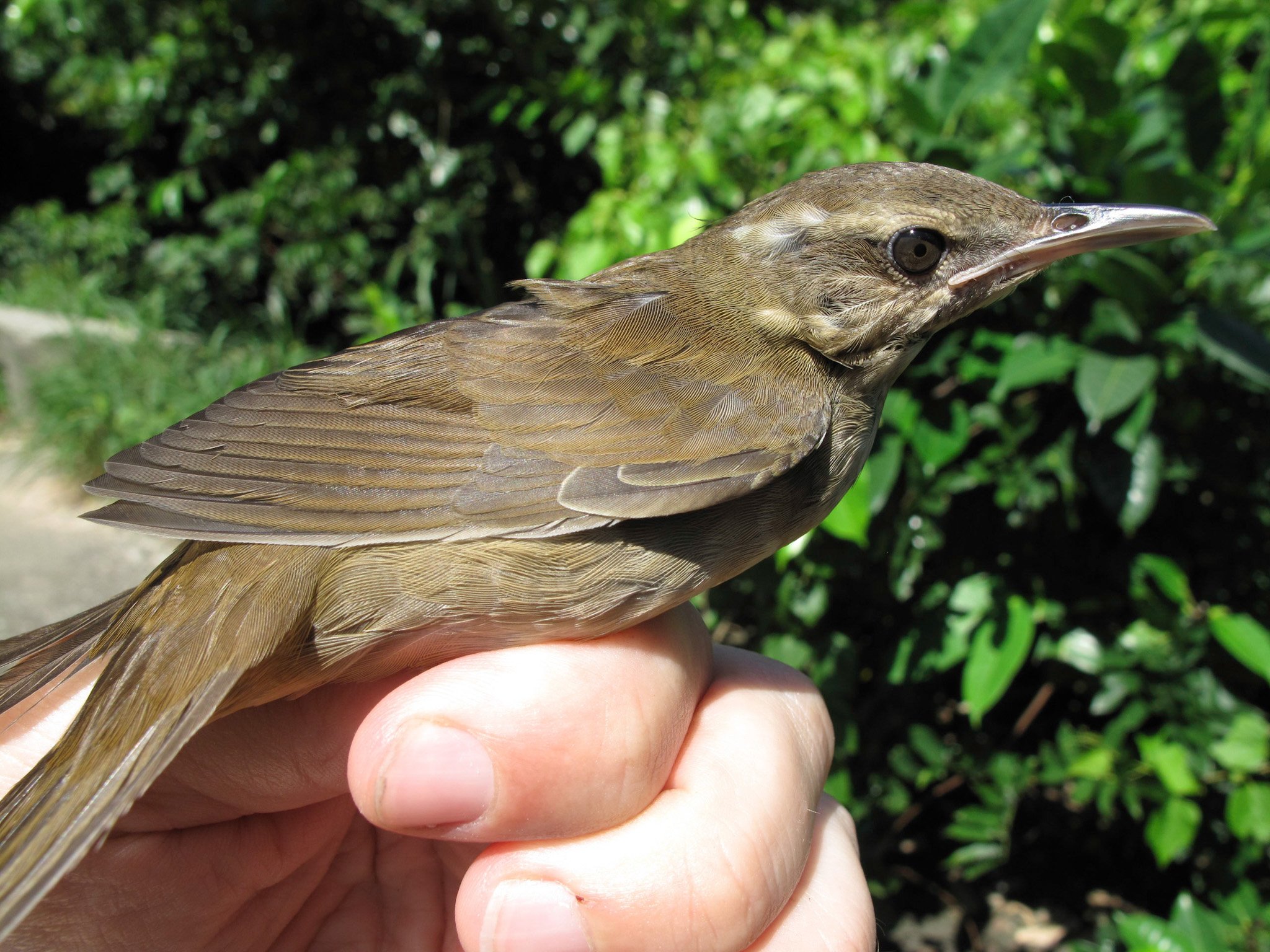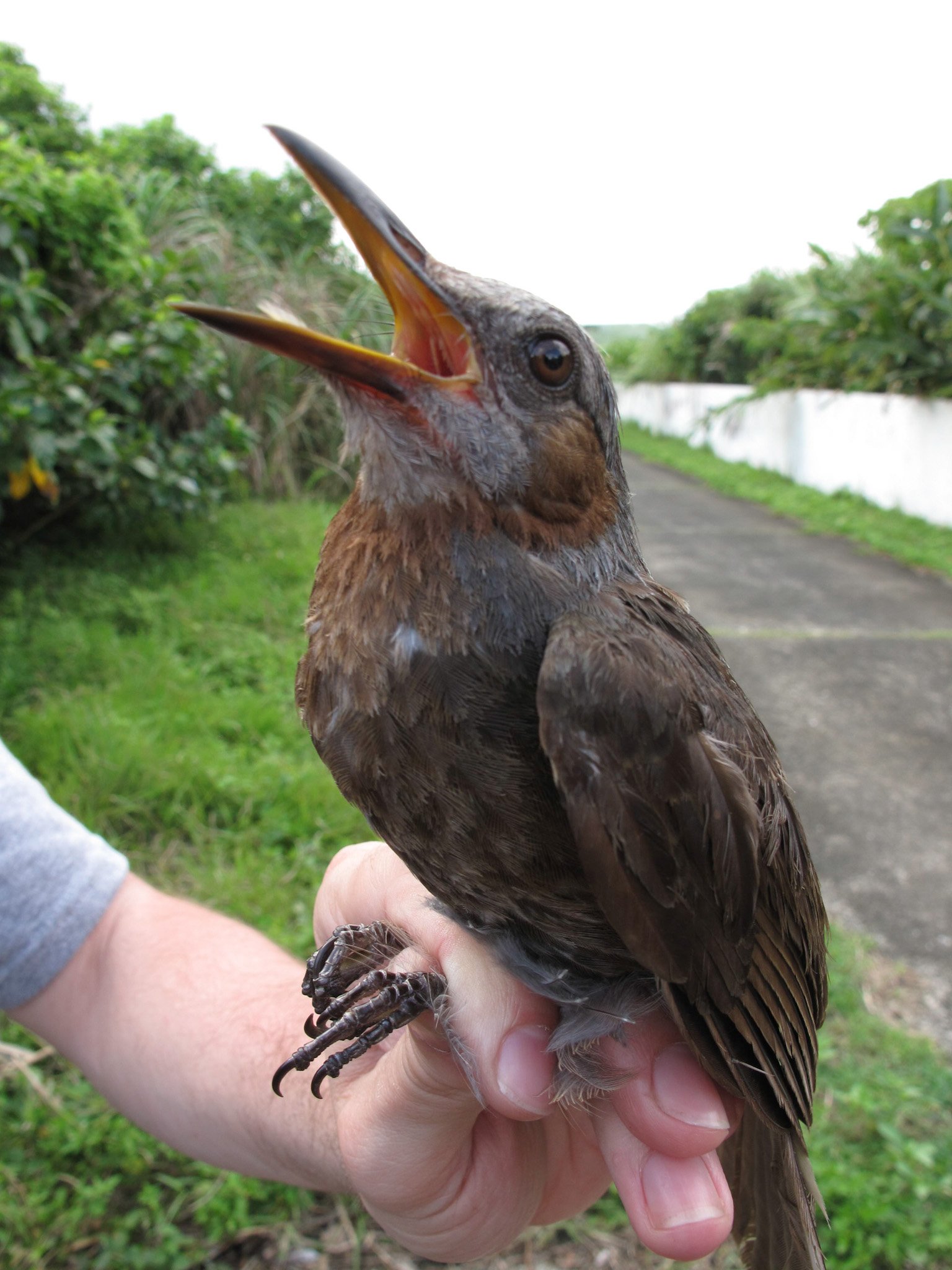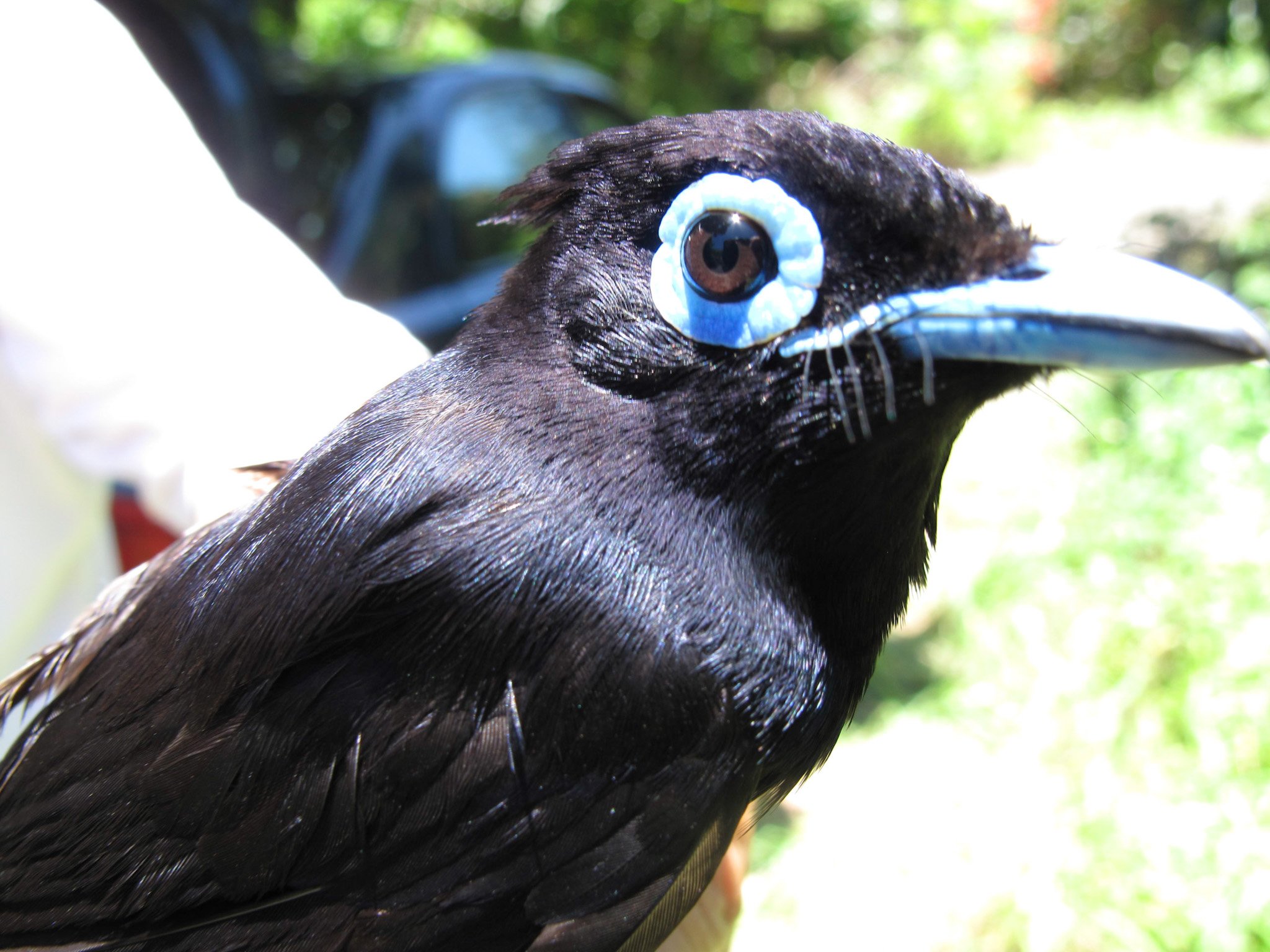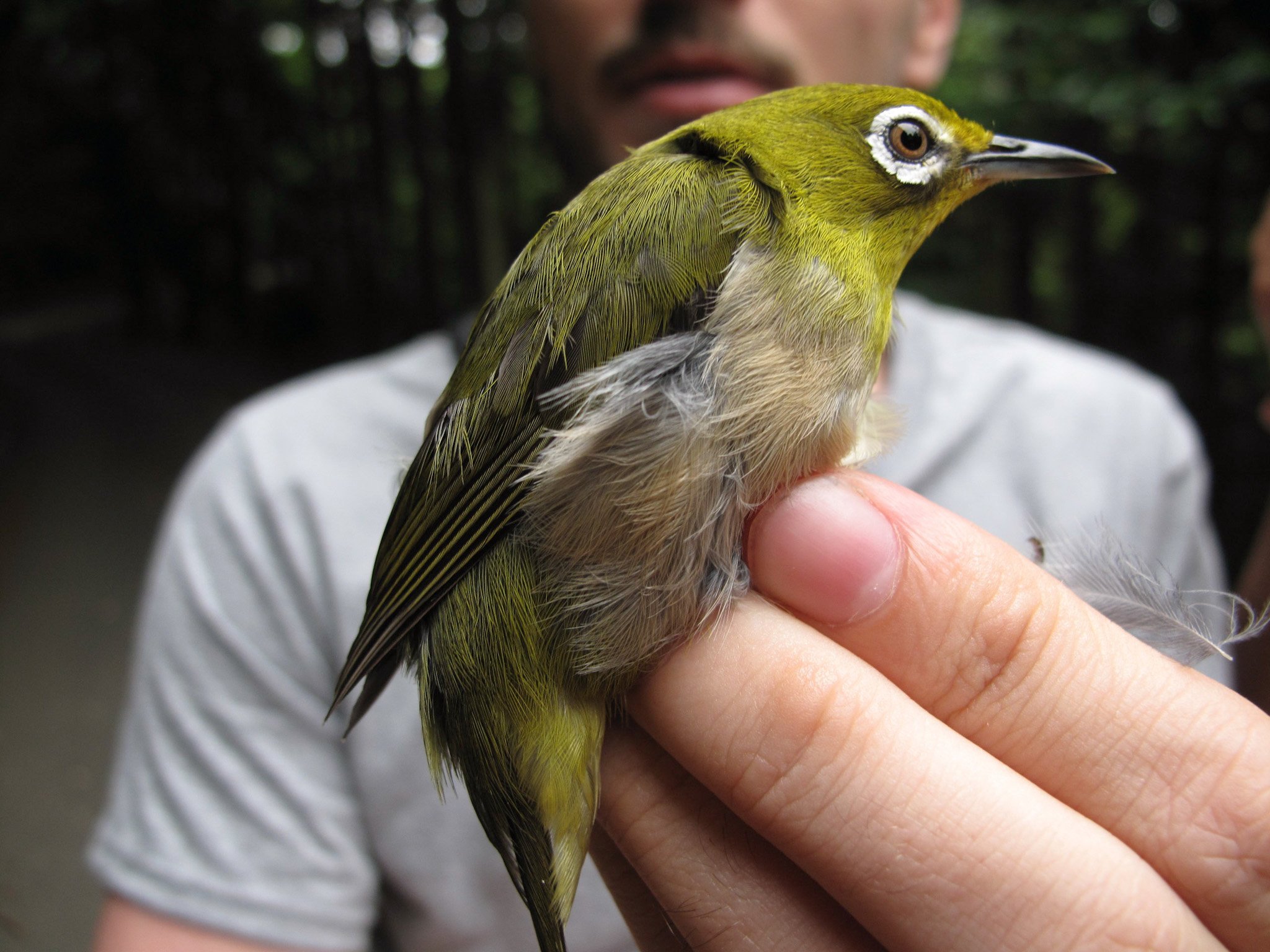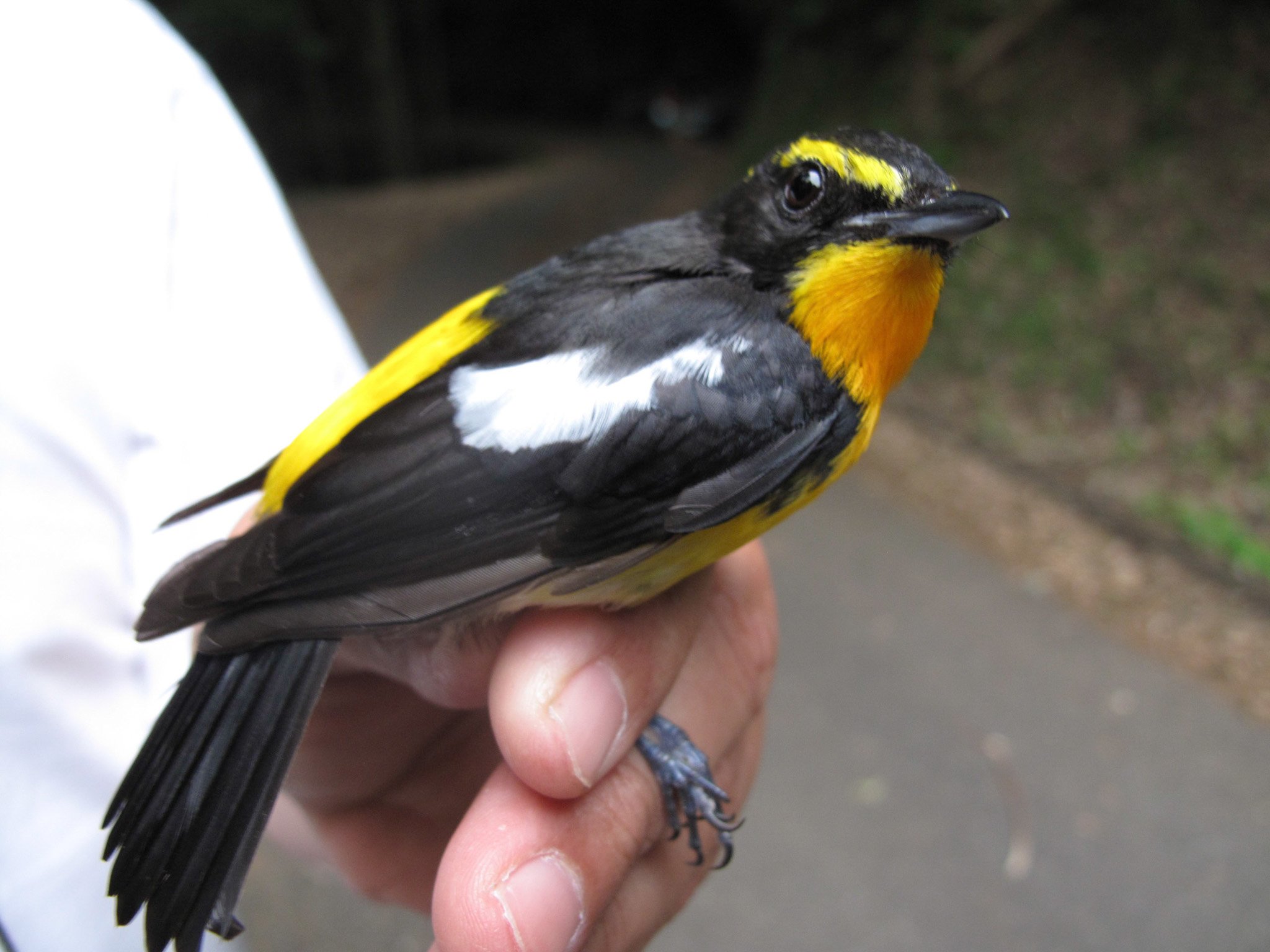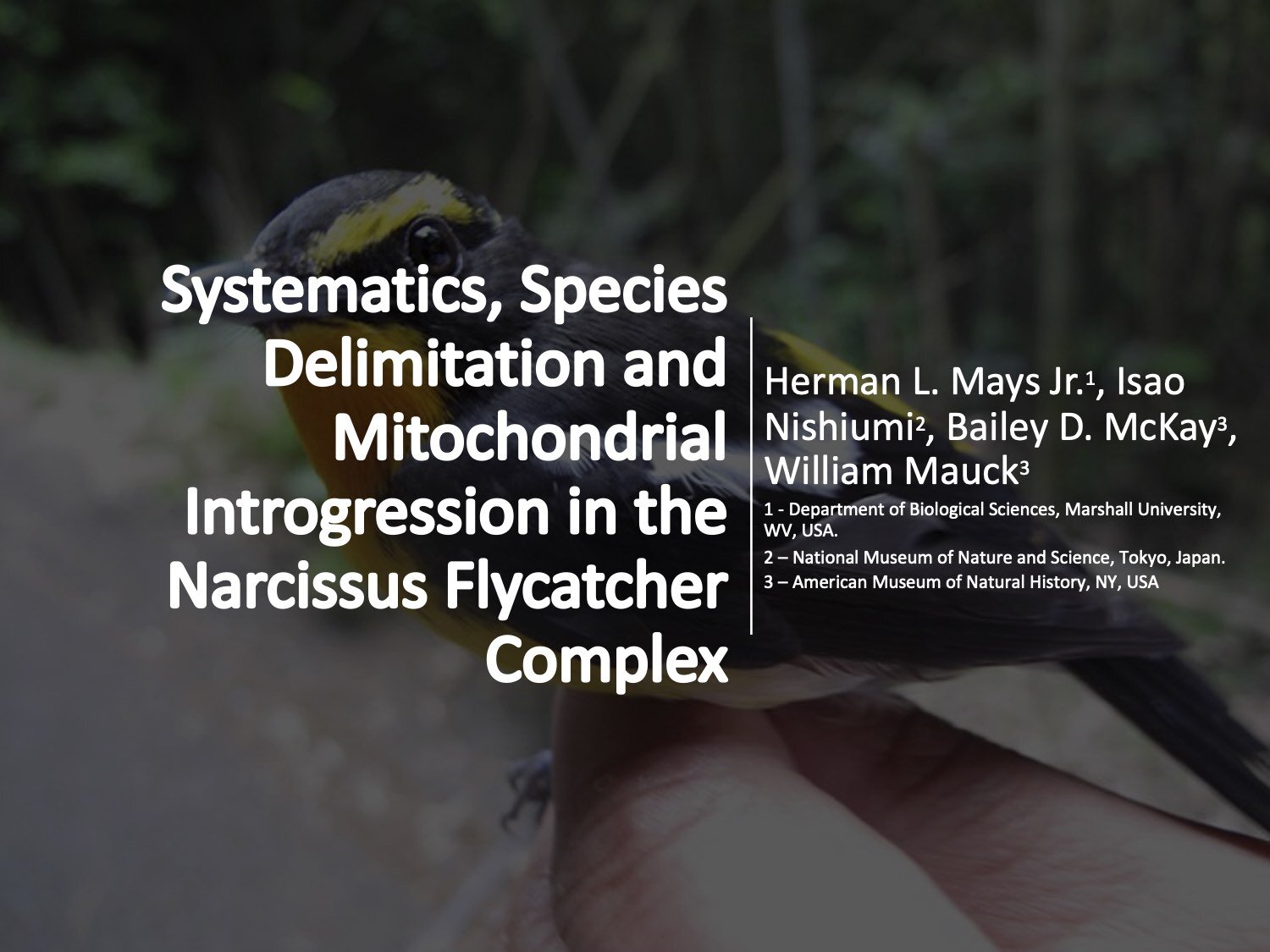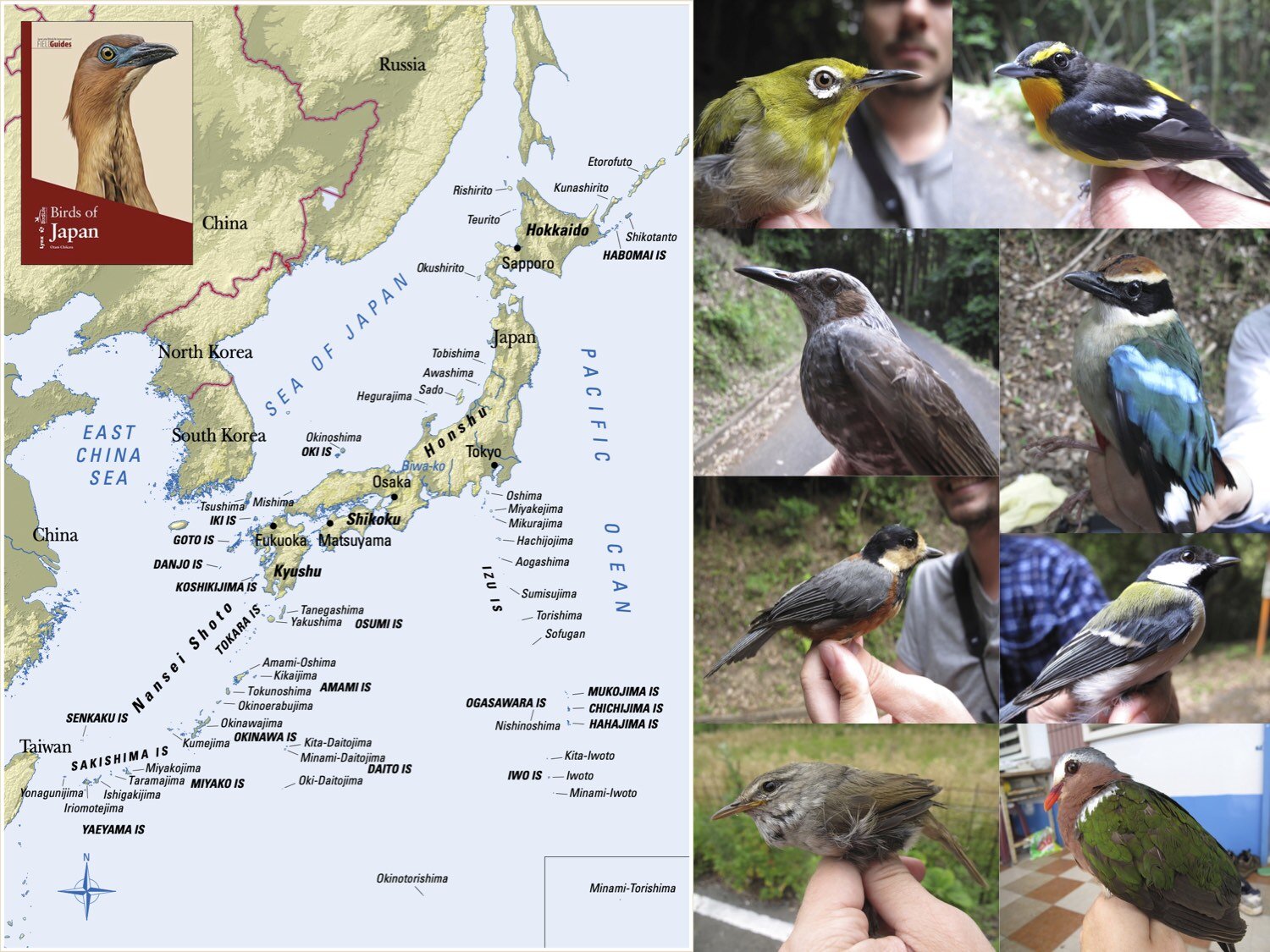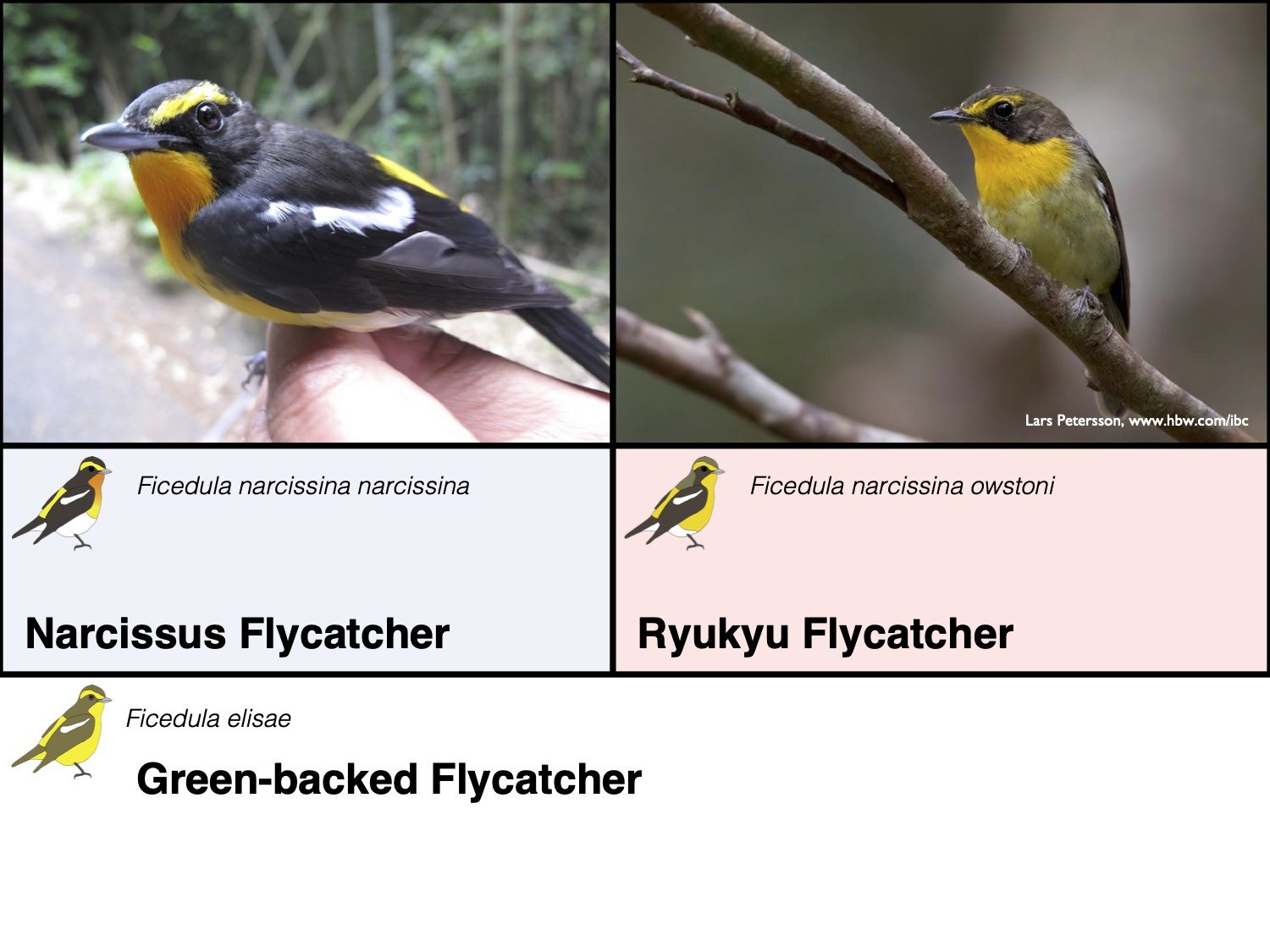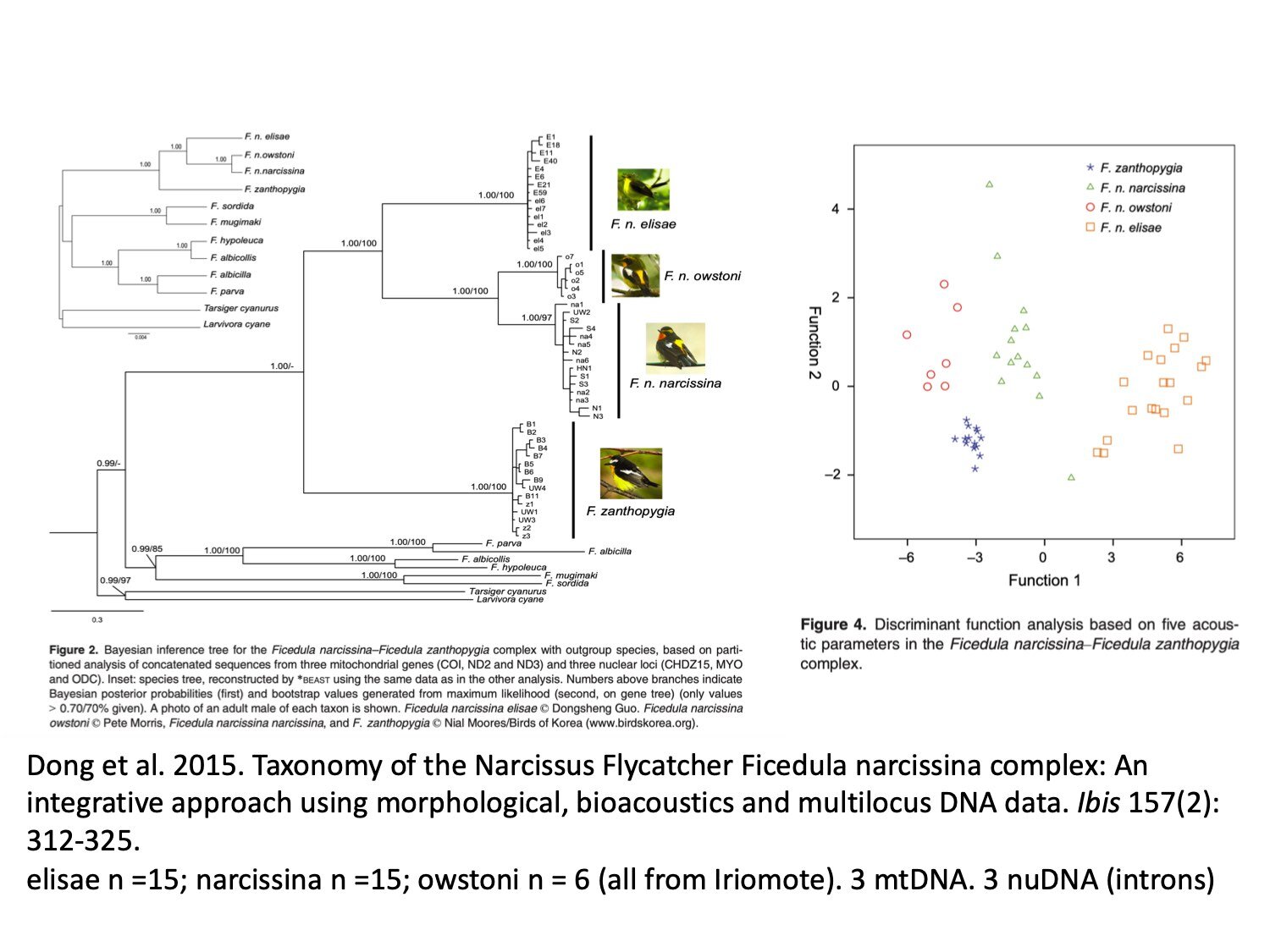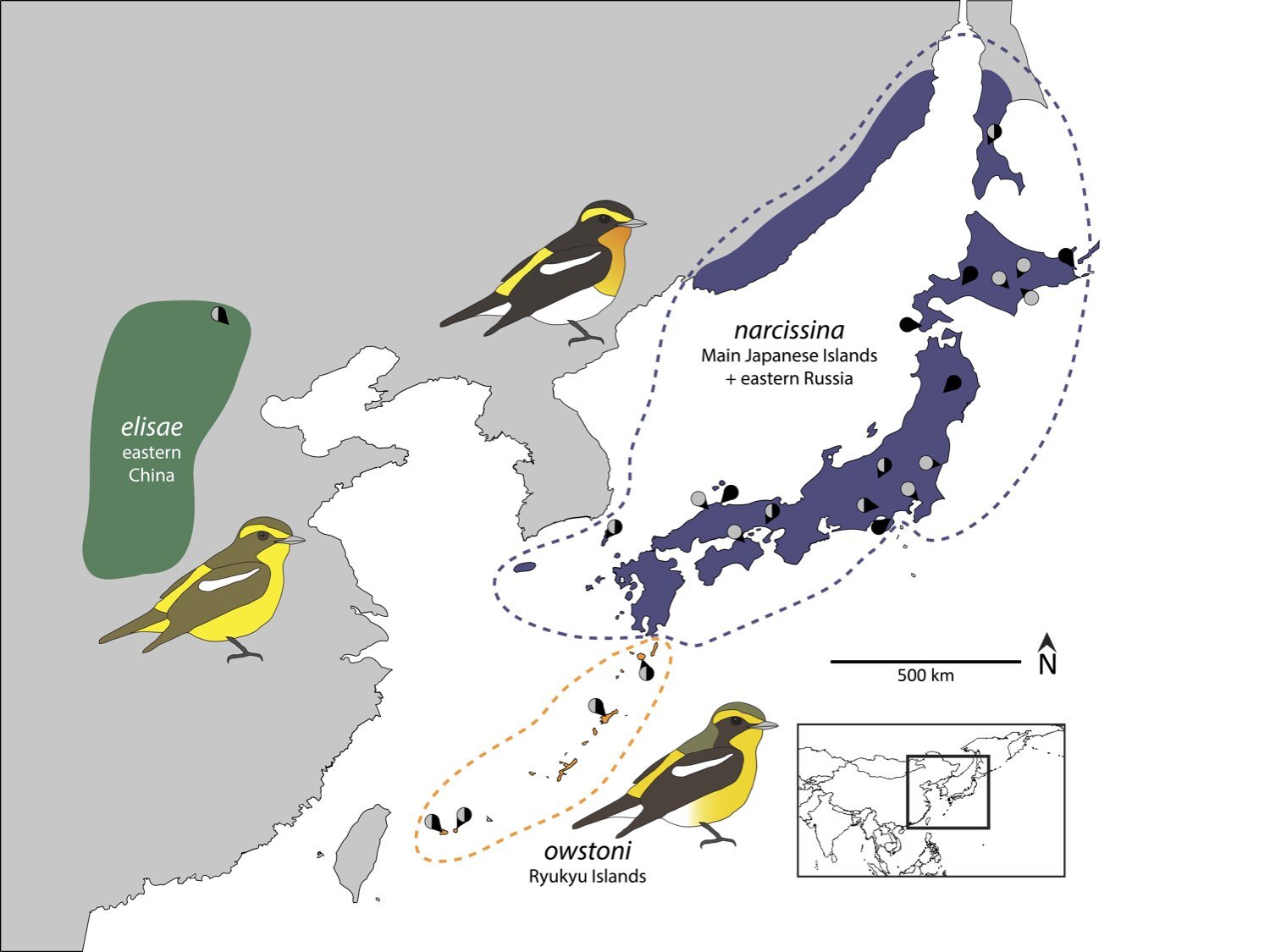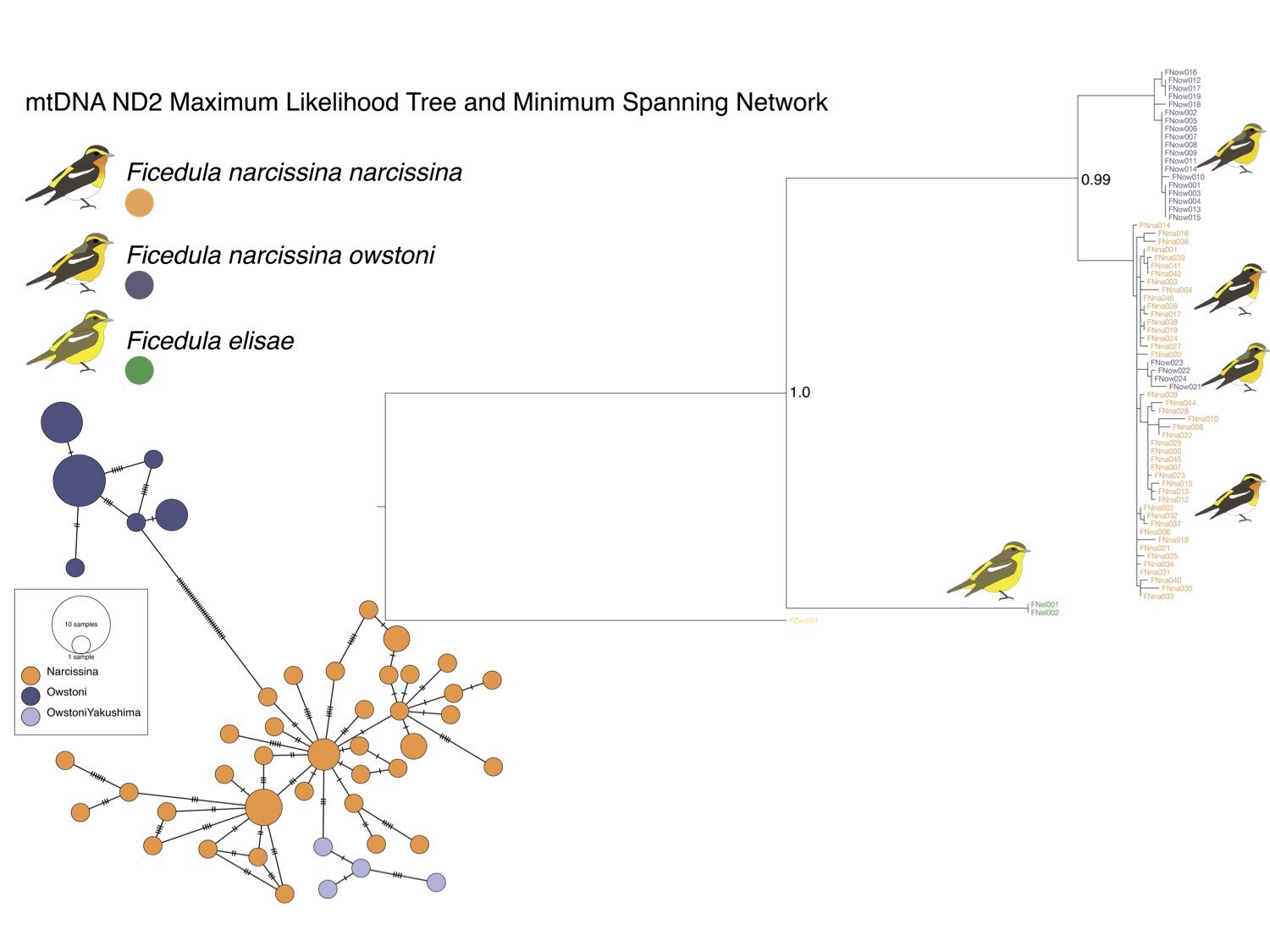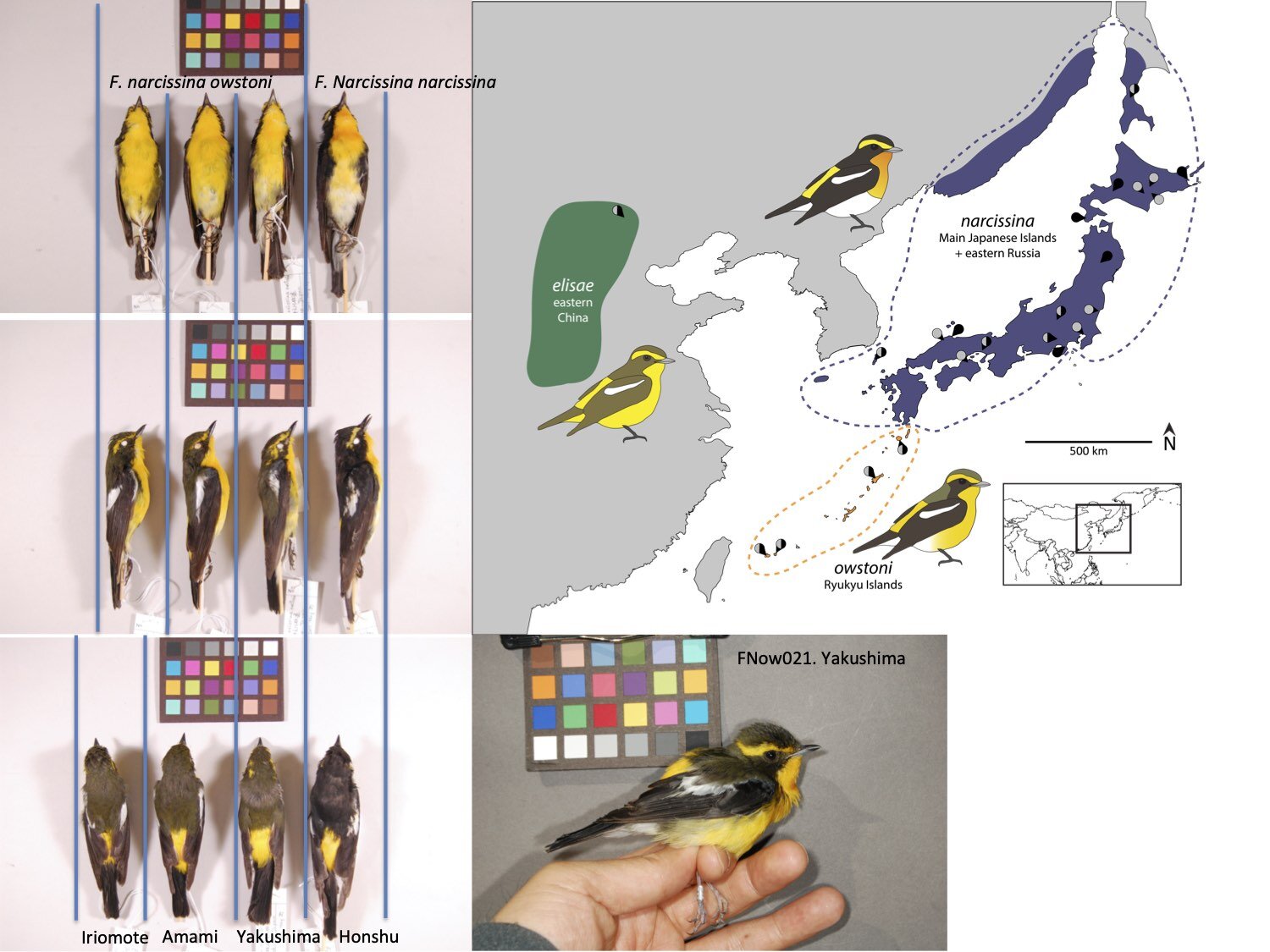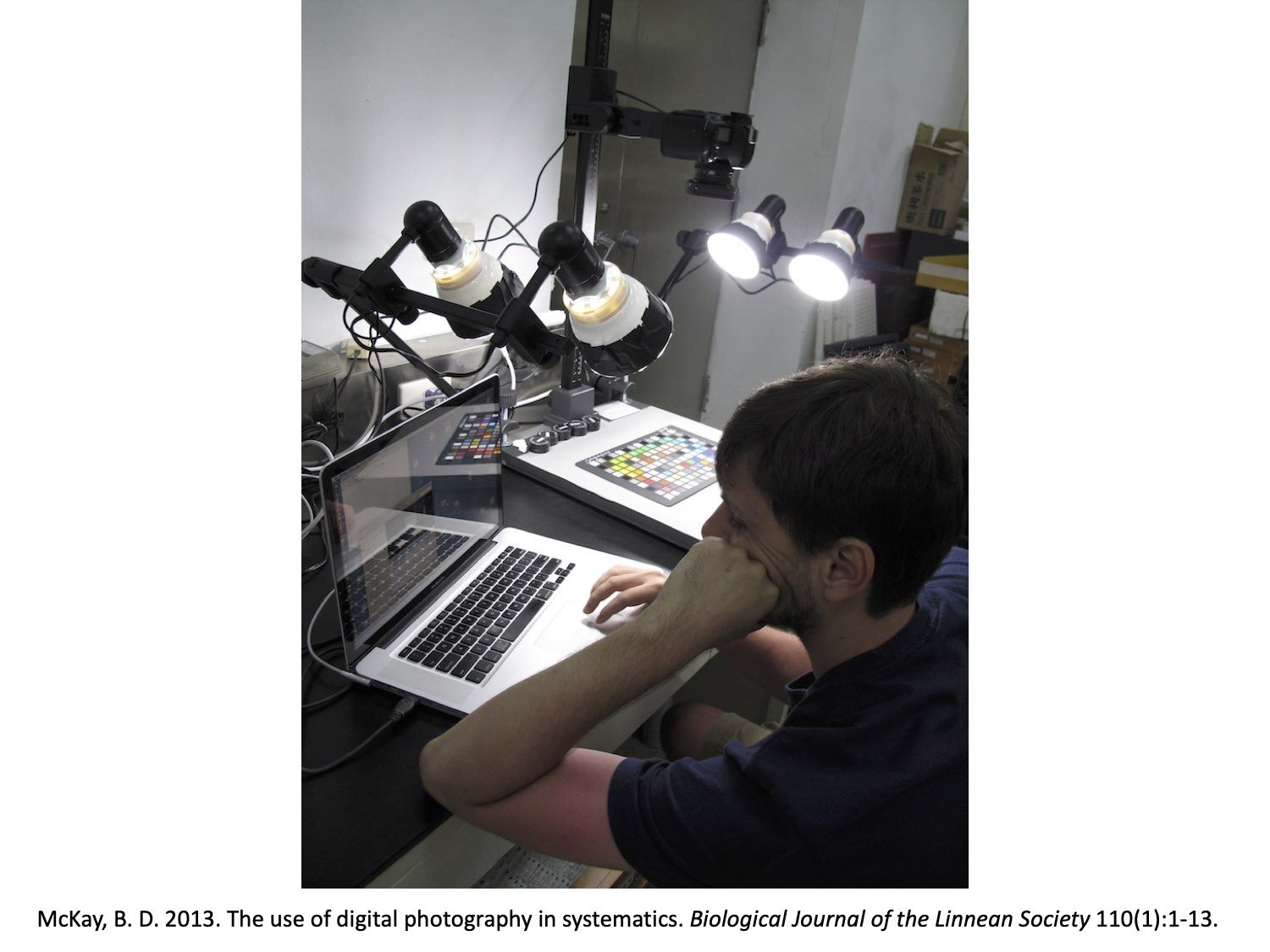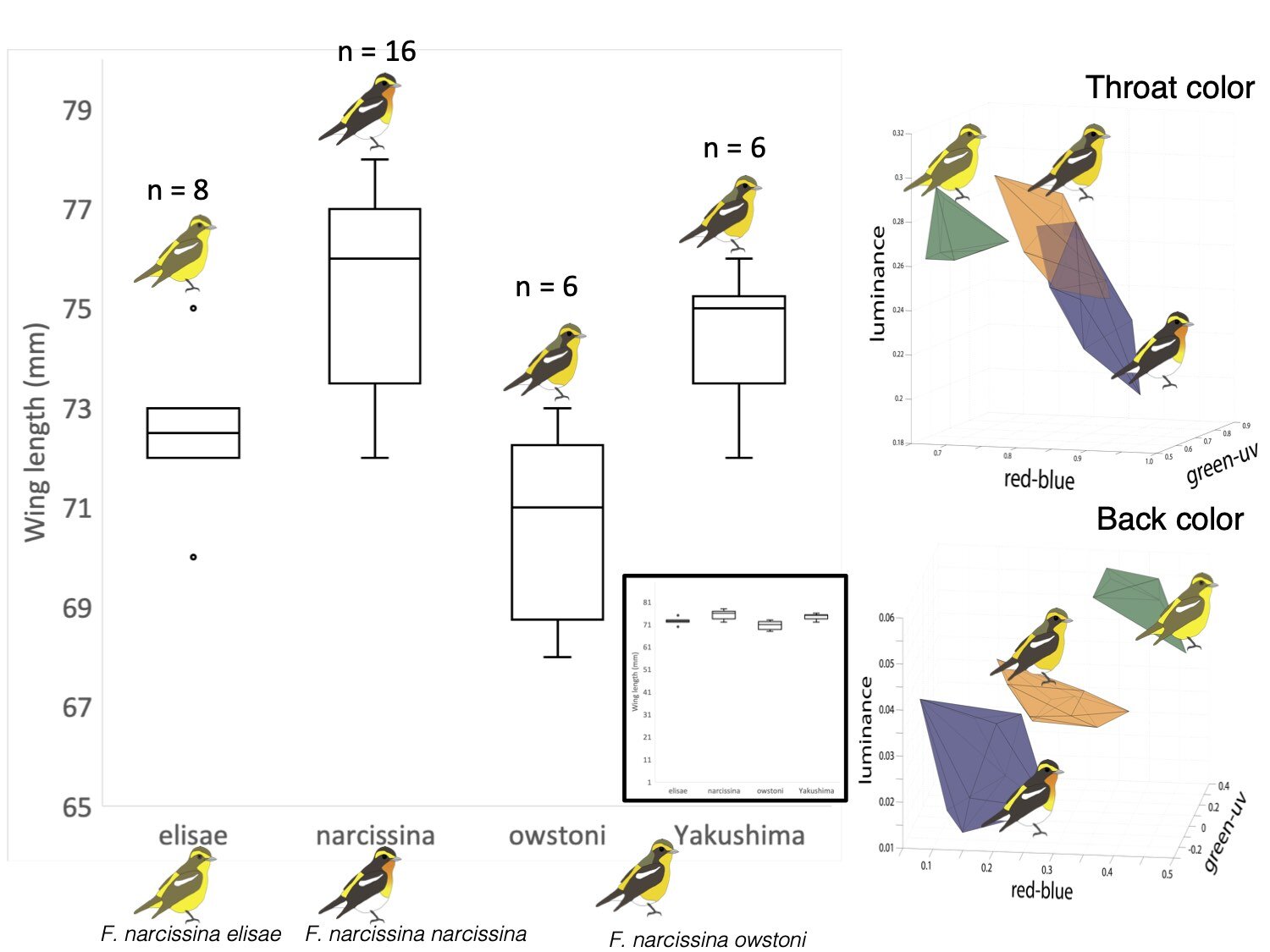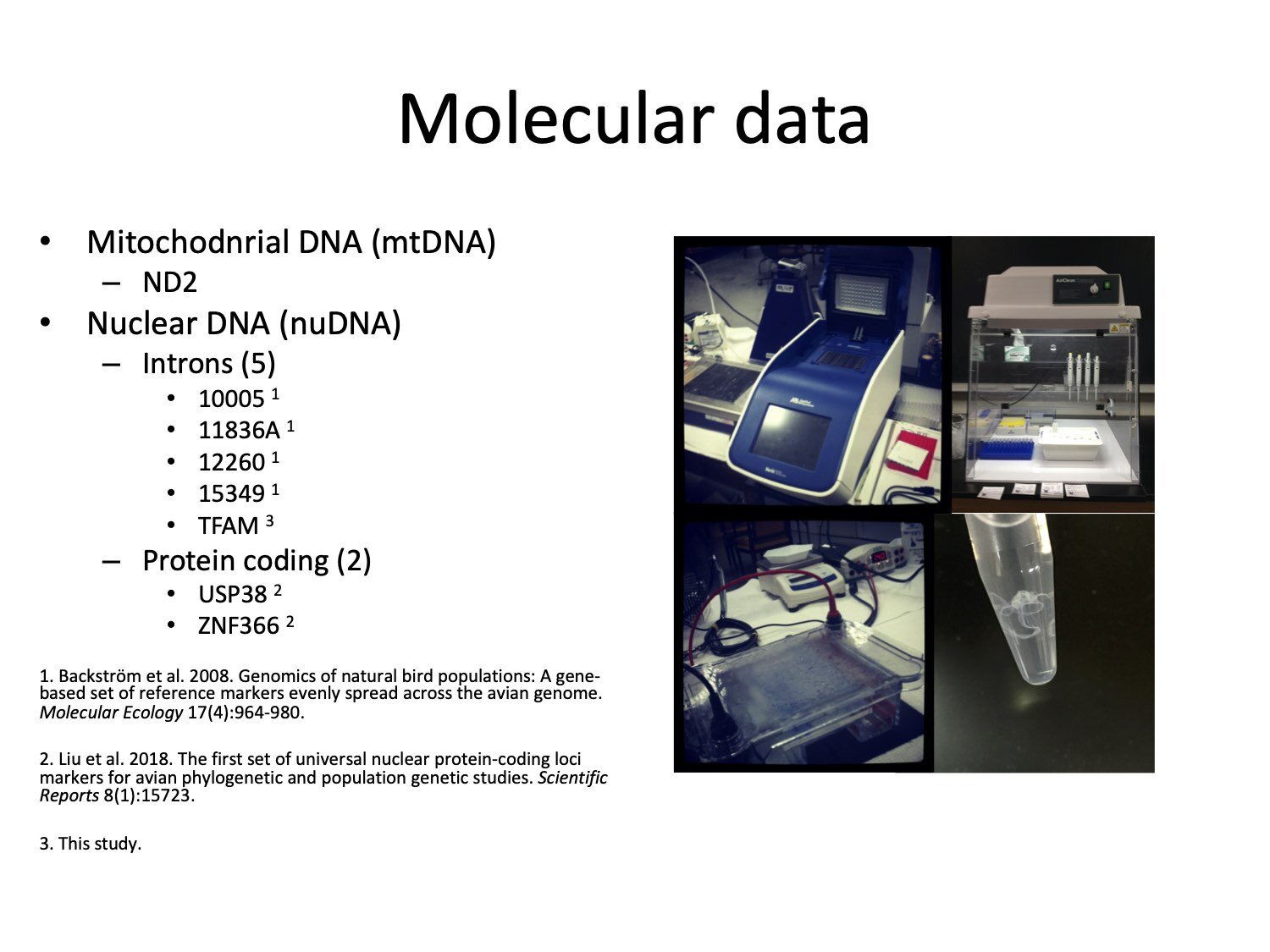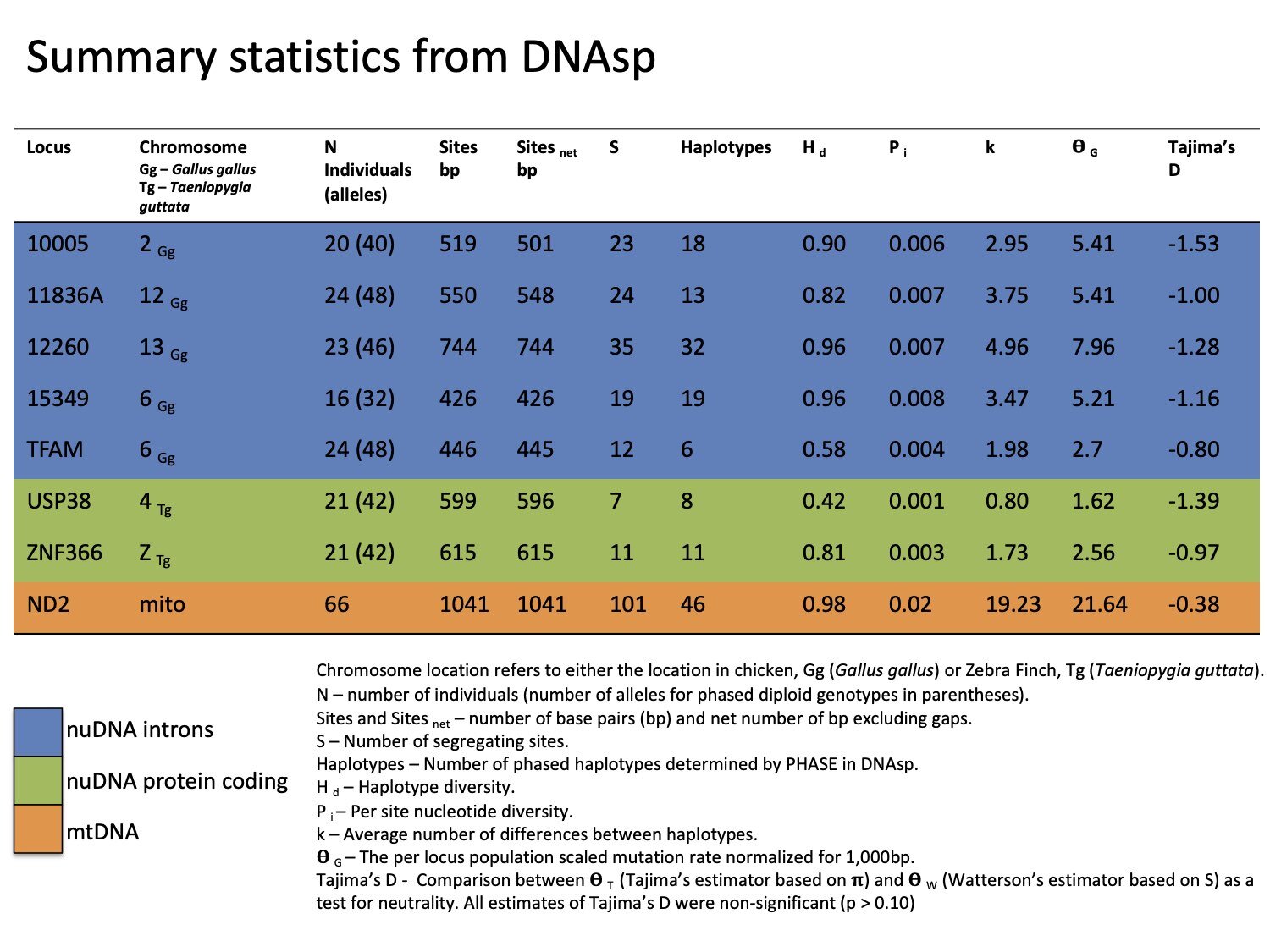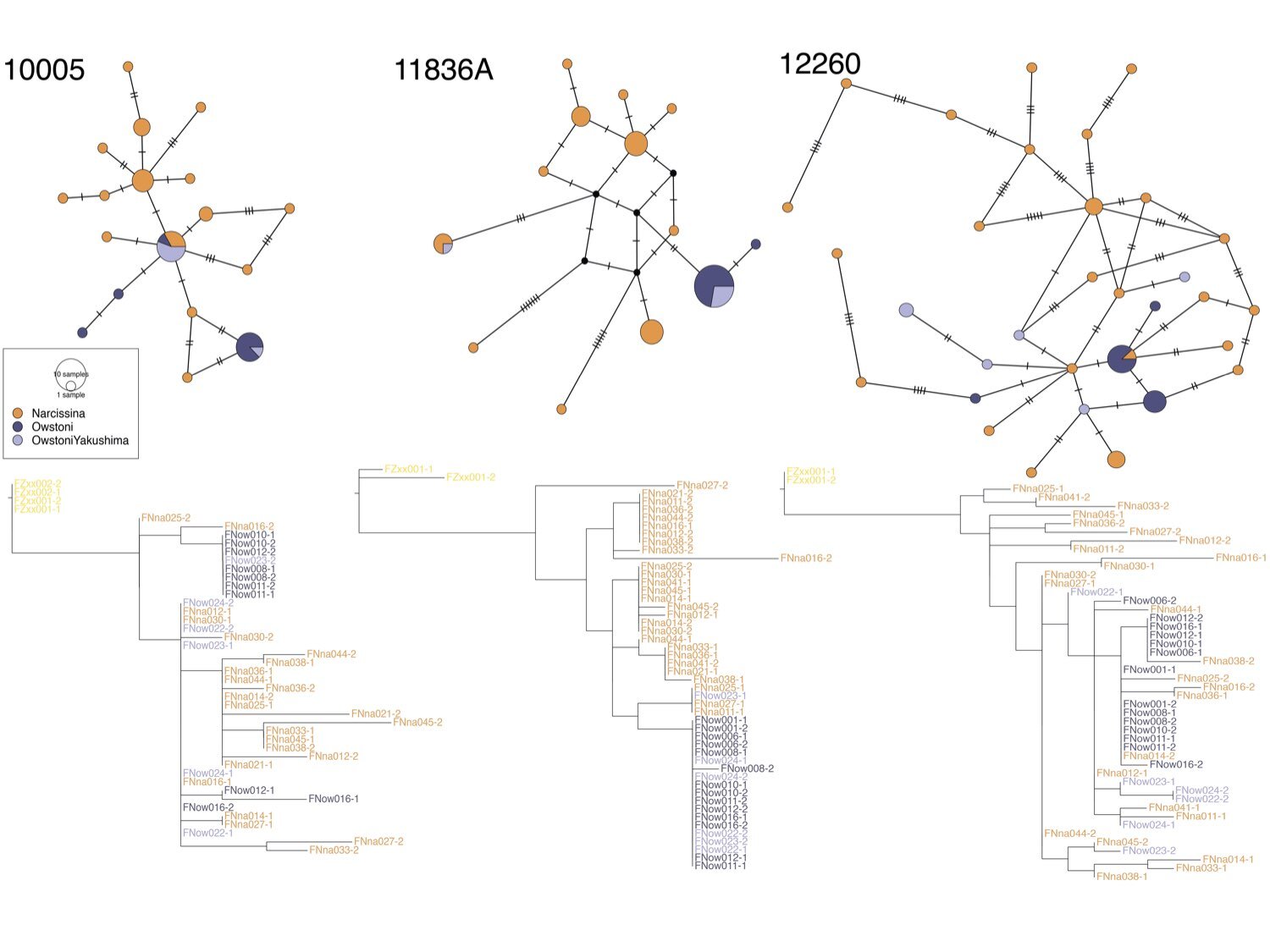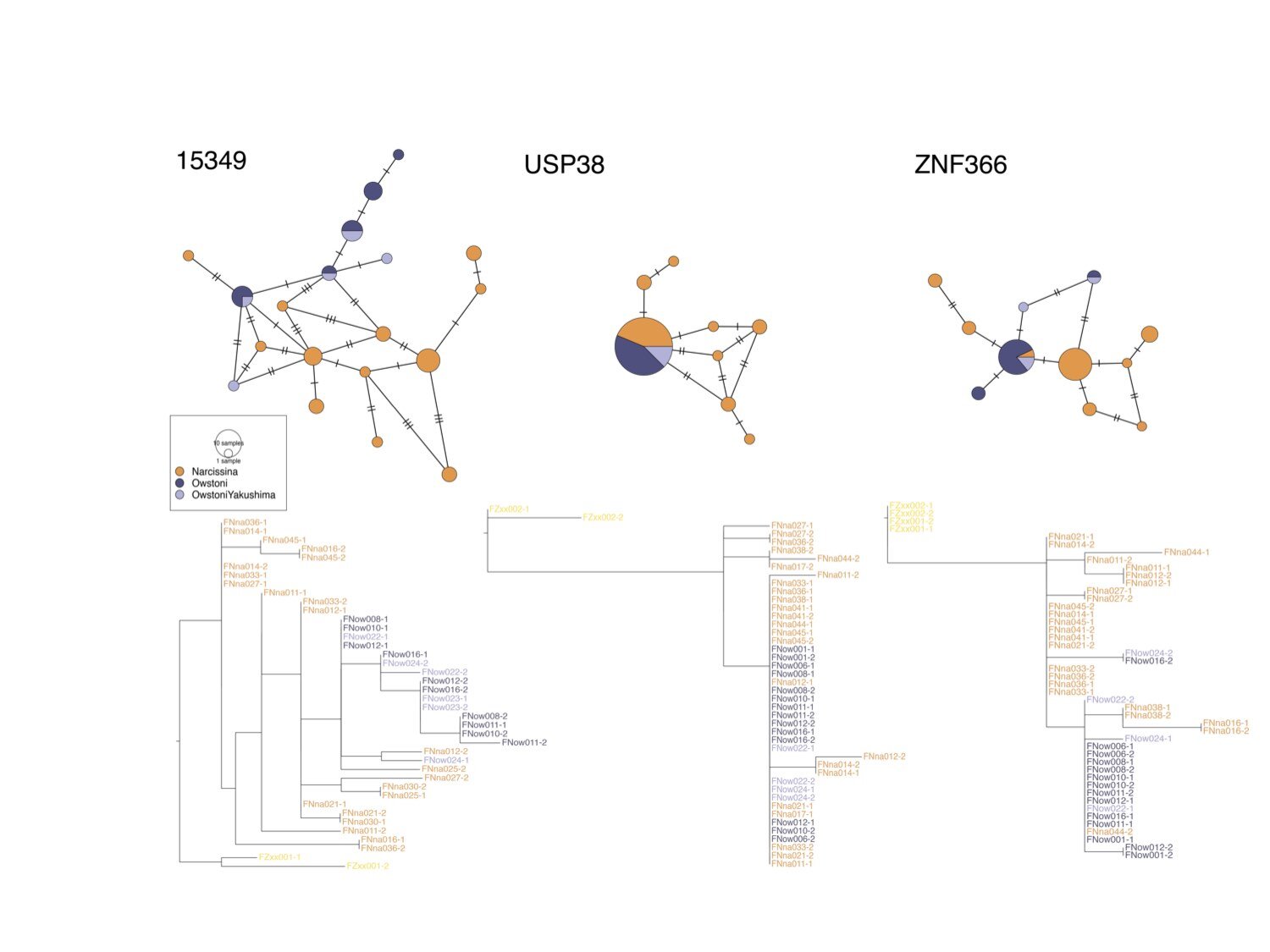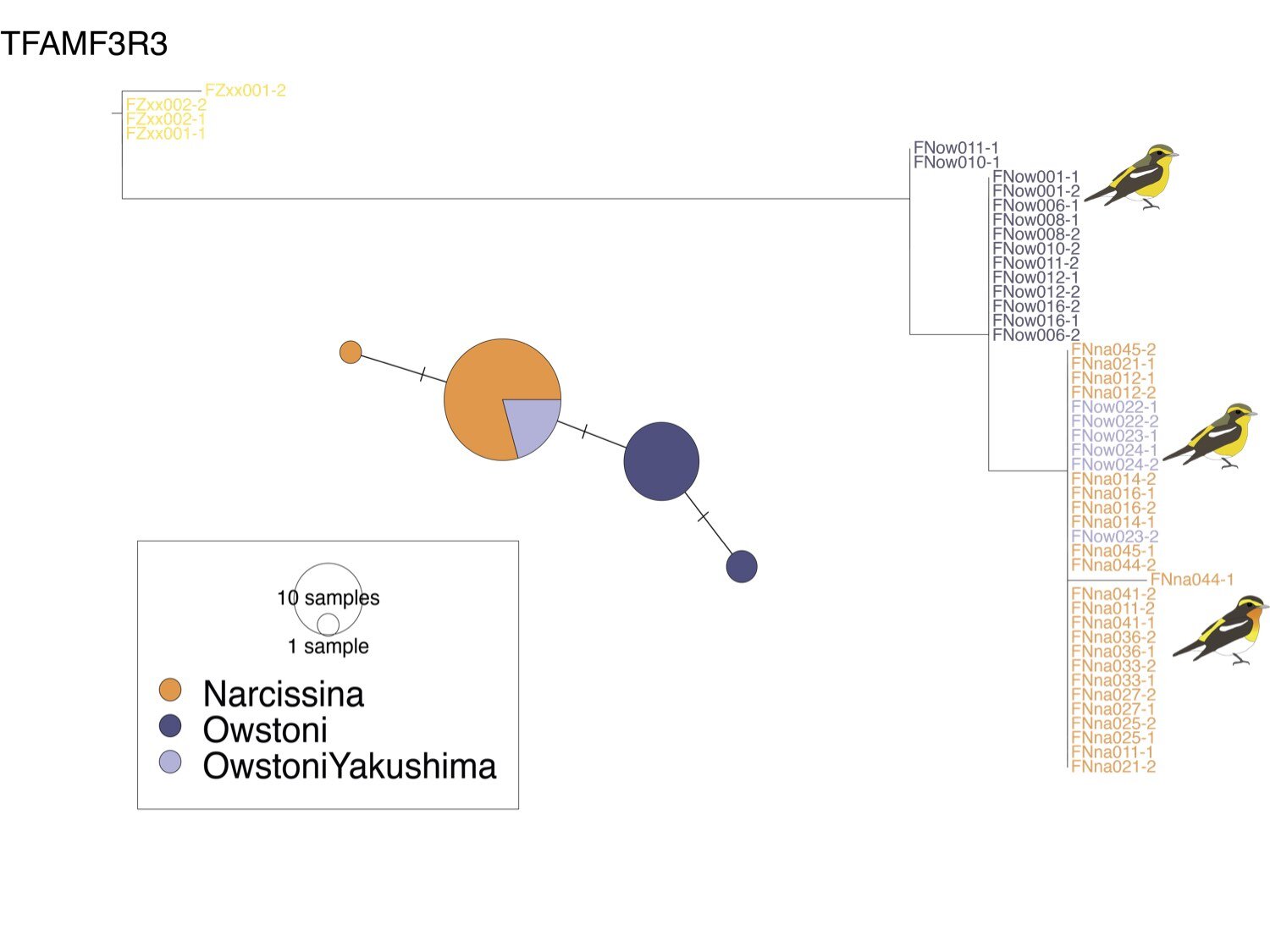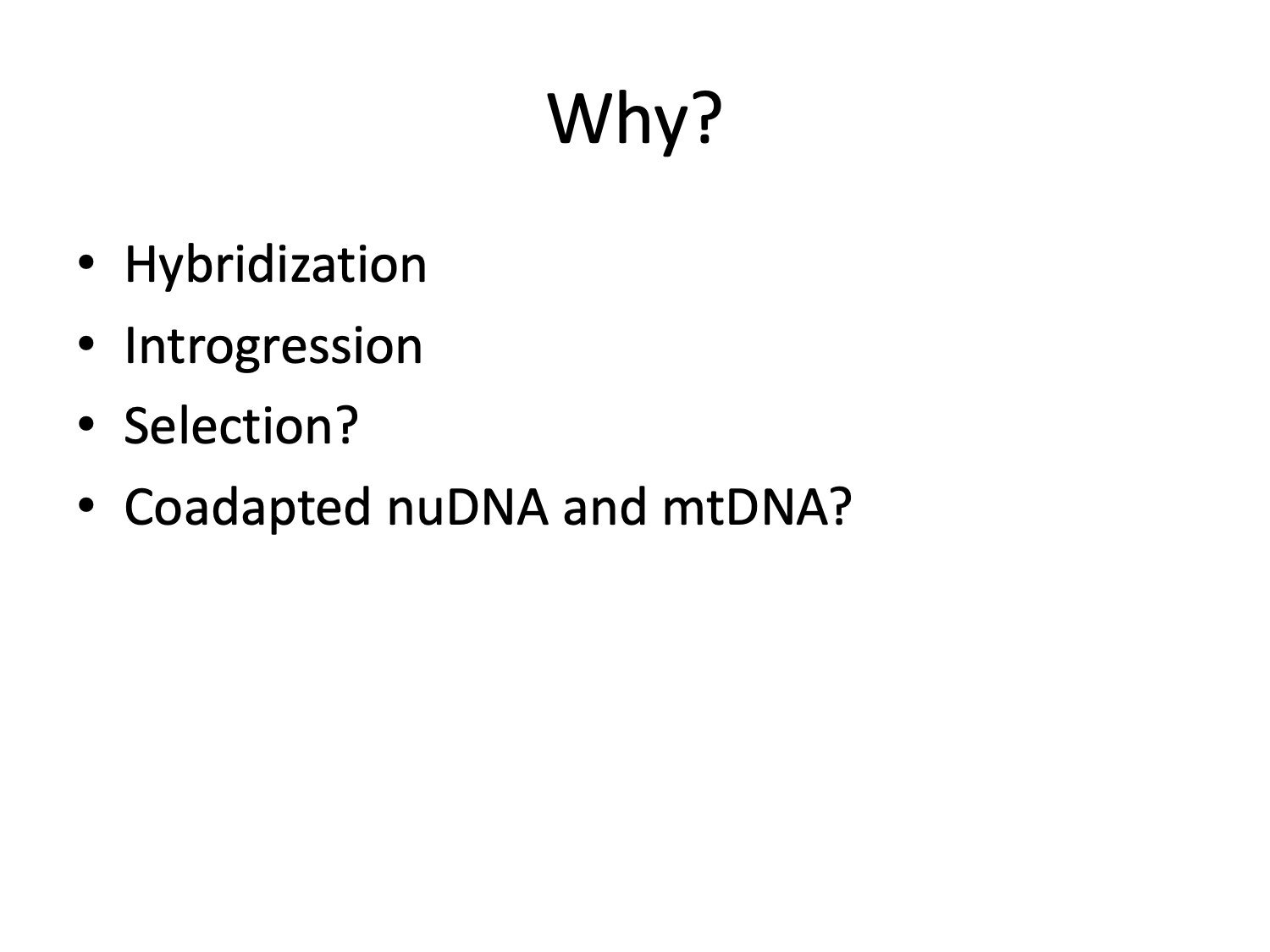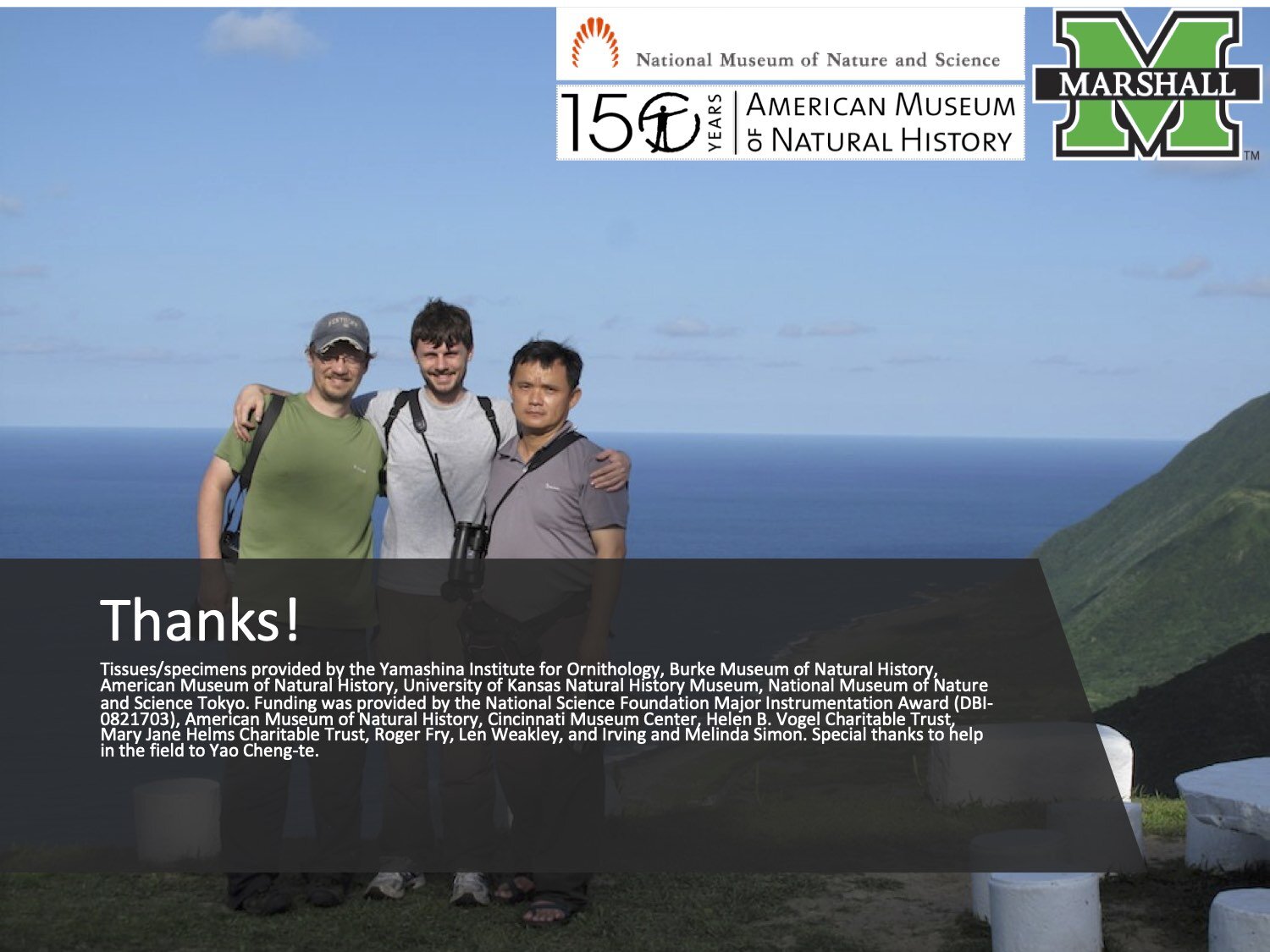In July 2023 my lab at Marshall University was awarded funding from the National Science Foundation’s (NSF) Mid-Career Advancement (MCA) award program through the NSF’s Systematics and Biodiversity Science Cluster (SBS) within the Division of Environmental Biology (DEB). The MCA is designed to help mid-career researchers develop new skills and foster new collaborations to advance their research program. Support from the NSF MCA program will bring new approaches in population genomics to my lab.
We plan to use genomic tools to answer basic questions about speciation and species diversity in the island birds of East Asia, especially those in the island archipelagos of Japan, Taiwan, and the Philippines. The focus will be on generating genome-scale and whole-genome datasets for three groups of birds; the Narcissus Flycatcher conplex (Ficedula narcissina and Ficedula owstoni), the Varied Tit complex (Sittiparus varius, Sittiparus owstoni, and Sittiparus olivaceus), and the Asiatic white-eye complex (Zosterops montanus, Zosterops japonicus, Zosterops meyeni, and other mainland and Philippine Zosterops species). High-throughput sequencing, population genomics, and phylogenomic tools will allow us to answer basic questions about avian diversity in East Asia. How many evolutionarily independent species lineages are there in the region? How did they arrive on the islands of East Asia and when and from where? How did their genomes change as they adapted to the diverse climatic and ecological environments? Where are the phylogenetic breaks in the region? Are they the same for different groups of birds and how porous are these breaks to gene flow? Genomic data will provide great insights into these questions in this little-studied region.
This study leverages a nearly two-decade collaboration with some of the best ornithologists in China, Taiwan, and Japan. Isao Nishiumi of the National Museum of Science and Nature in Japan, Yao Cheng-te and Lin Ruey-shing of the Endemic Species Research Institute in Taiwan, and Zou Fa-sheng of the Institute of Zoology, Guangdong Academy of Sciences, have graciously hosted me and my long-time collaborator Bailey McKay on visits to their institutions, taught me about the birds of the region, and generously shared samples with my lab. The patience and friendship these collaborators have shown me over the years have been enormous and provided all the sampling needed for these projects. I hope to include them as authors on many papers over the next three years and beyond!
This award has started two new collaborations as well. Bryan Carstens and Laura Kubatko have generously agreed to serve as training partners and will guide me and my students on the bench and analytical techniques needed to bring genomics to bear on these questions. I very much look forward to having Bryan and Laura on this team and we have already begun diving into these questions.
Marshall University undergrads and potential graduate students are encouraged to inquire about research opportunities related to this project. This award provides research opportunities for students interested in evolution, ornithology, biodiversity, genomics, and bioinformatics and offers the chance to be a part of an international collaborative research team funded by the National Science Foundation.
I am excited about the opportunities this award provides and enormously grateful to my collaborators and training partners for making this possible and eager to learn more about the island birds of East Asia. Updates related to the research will be posted here and in the Marshall University Department of Biological Sciences’ various social media outlets so stay tuned.




























